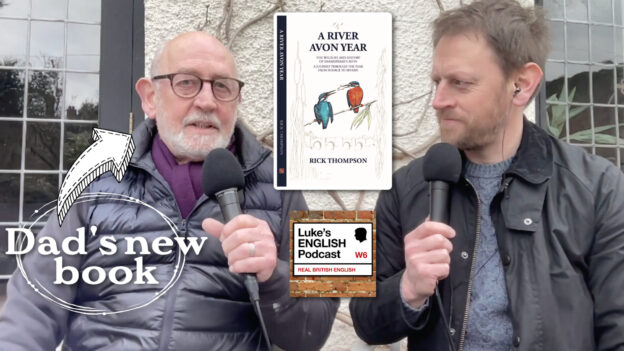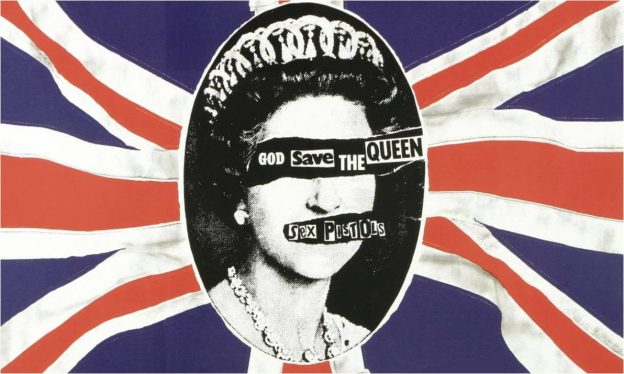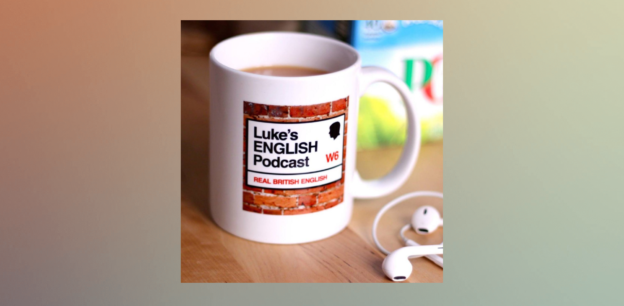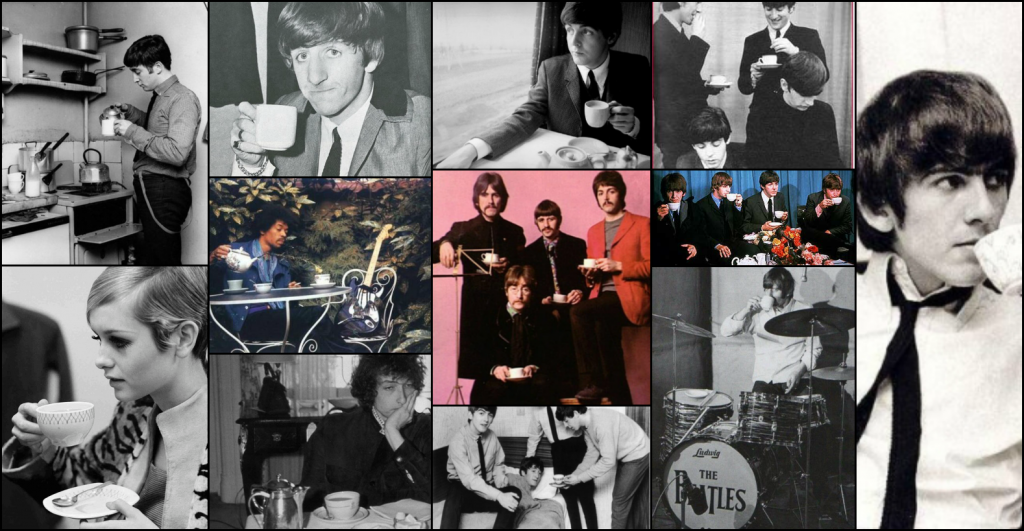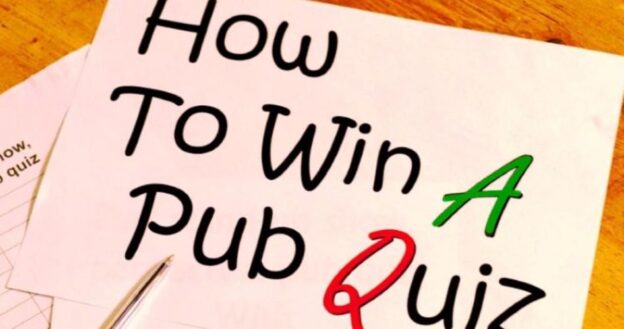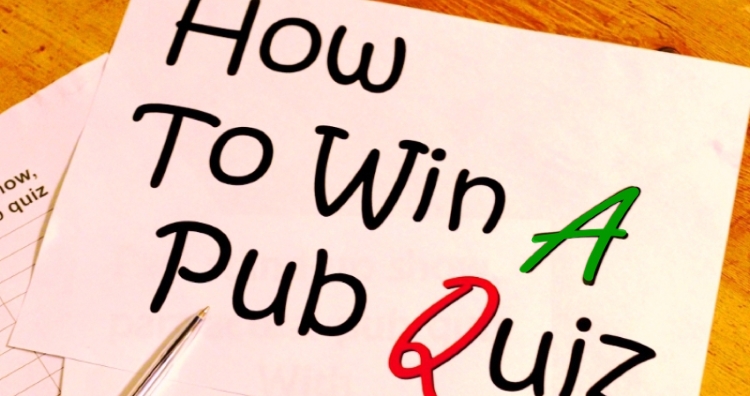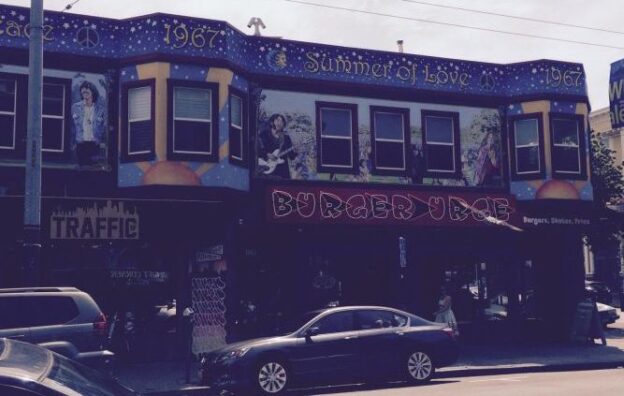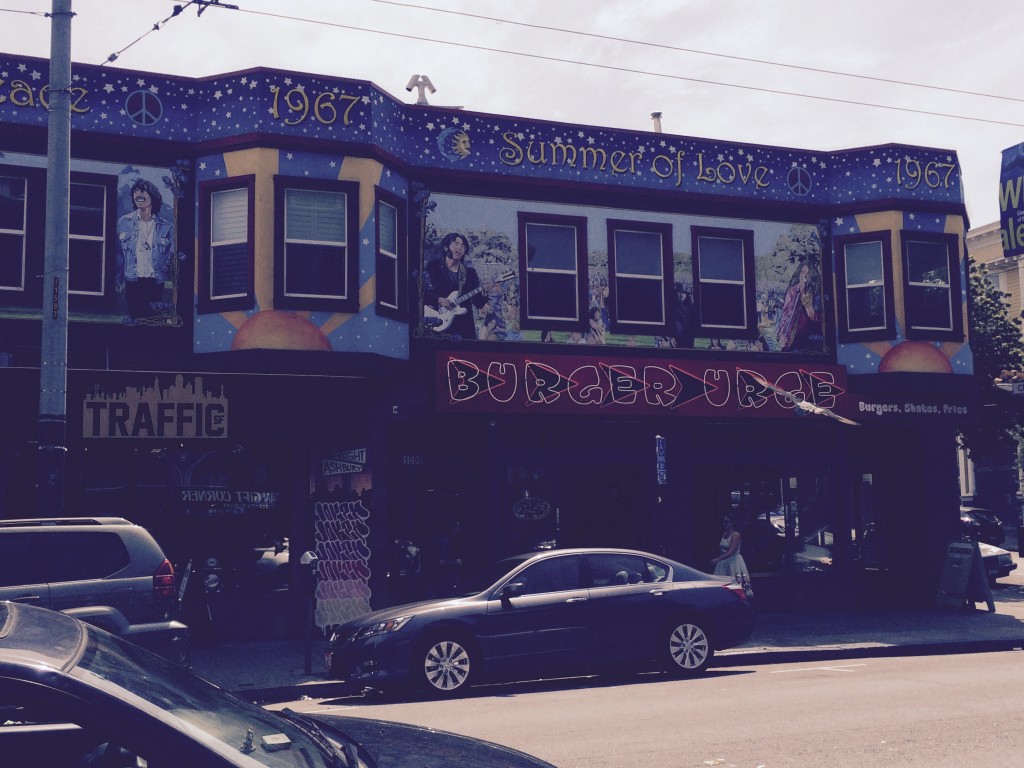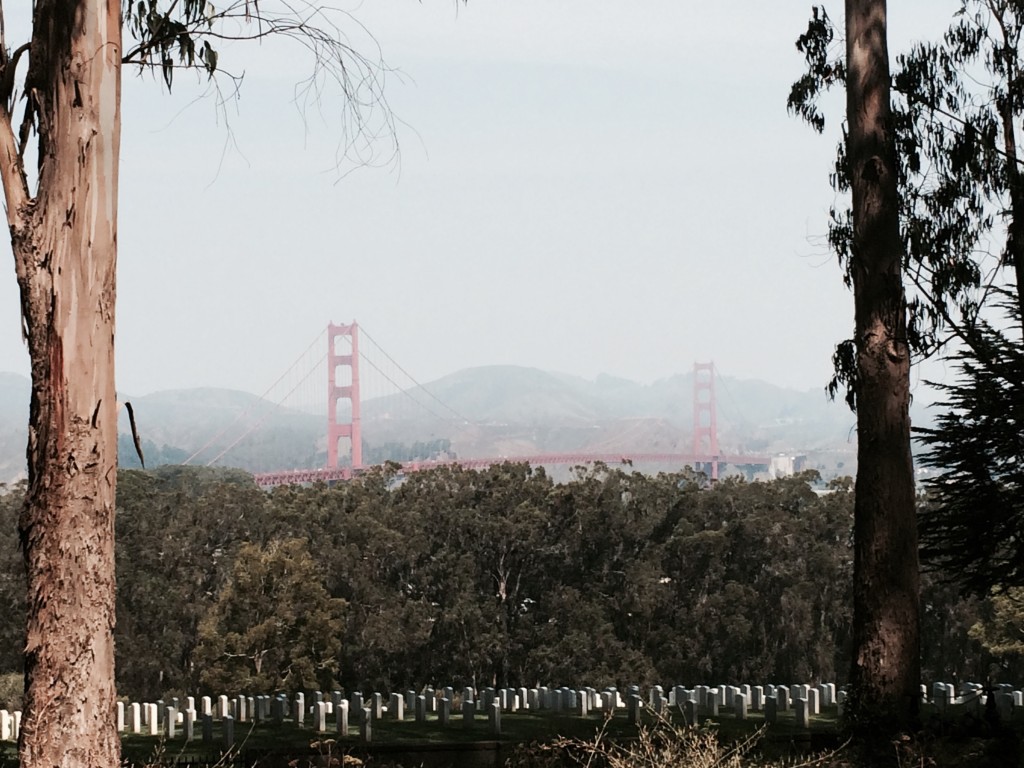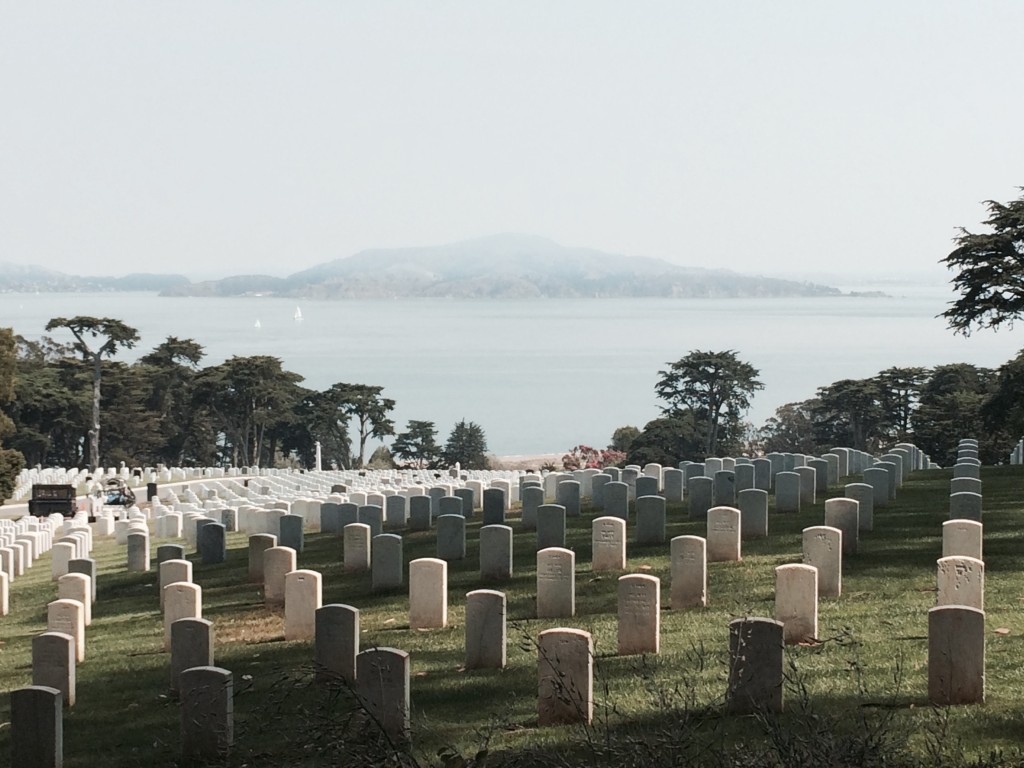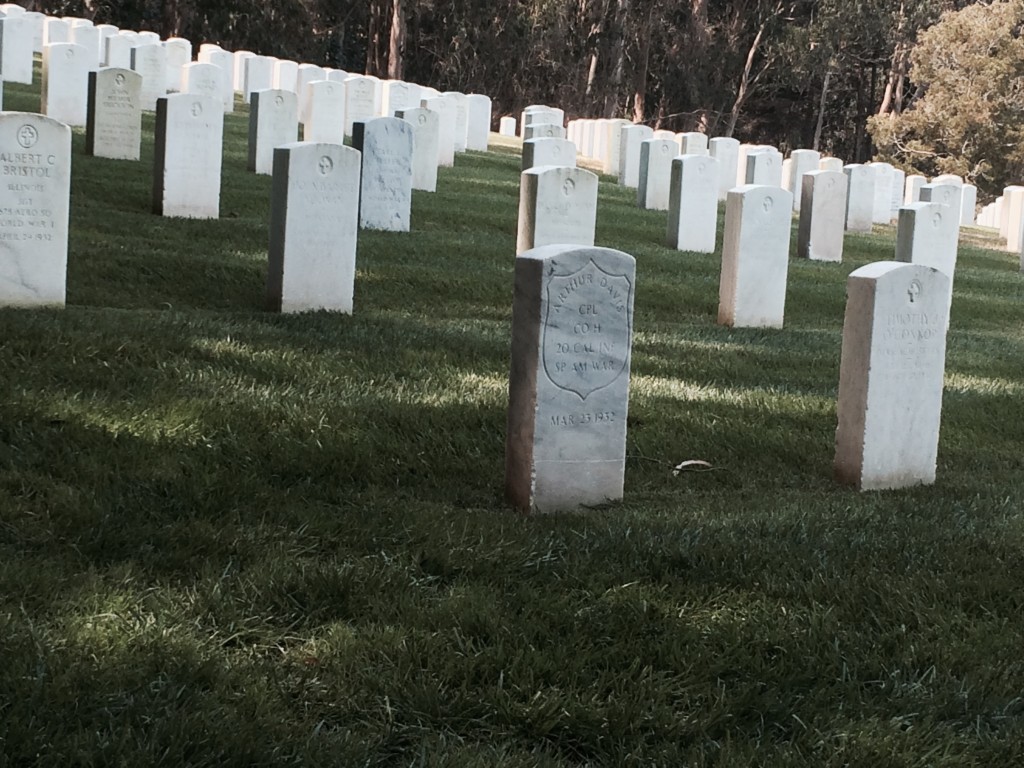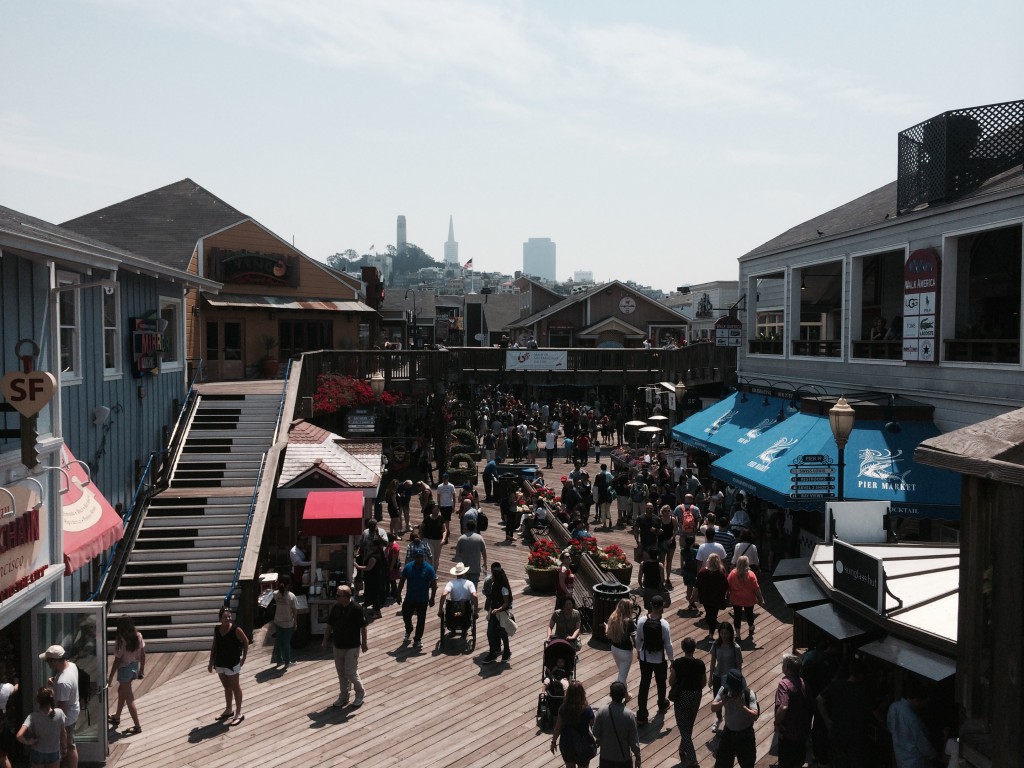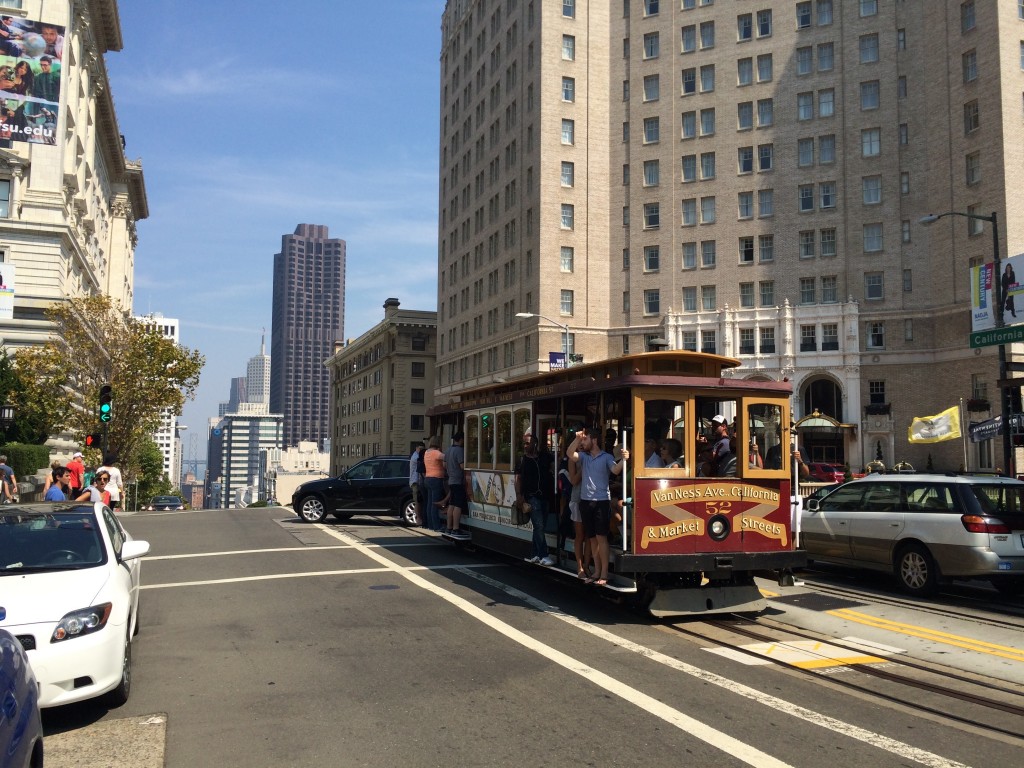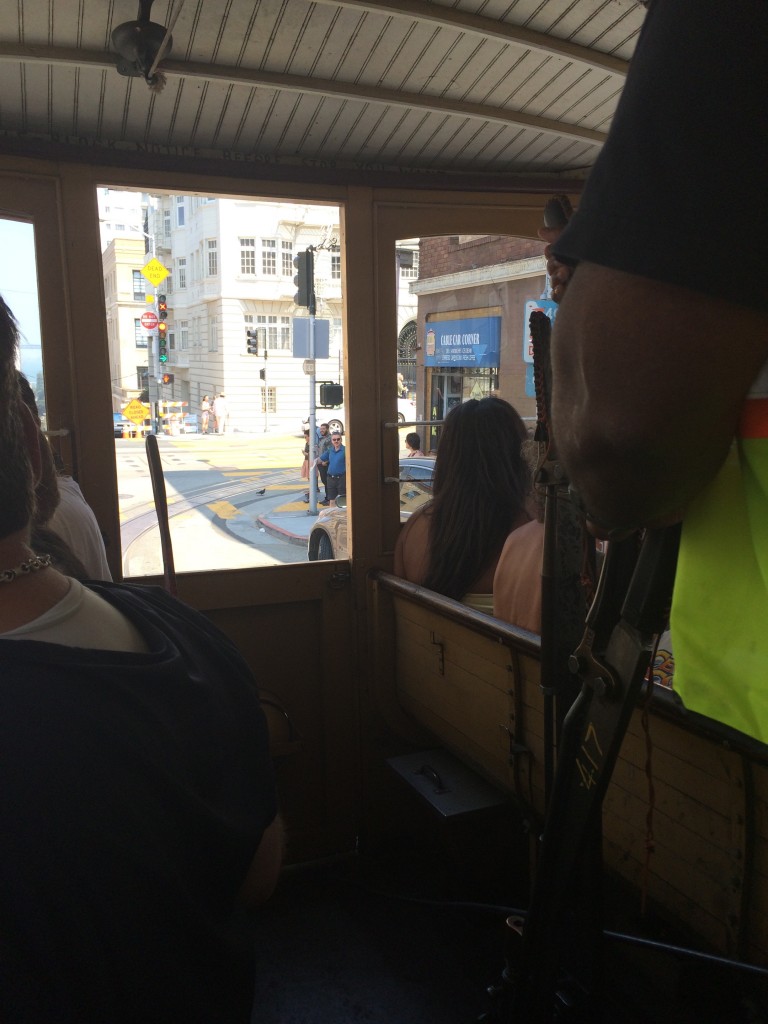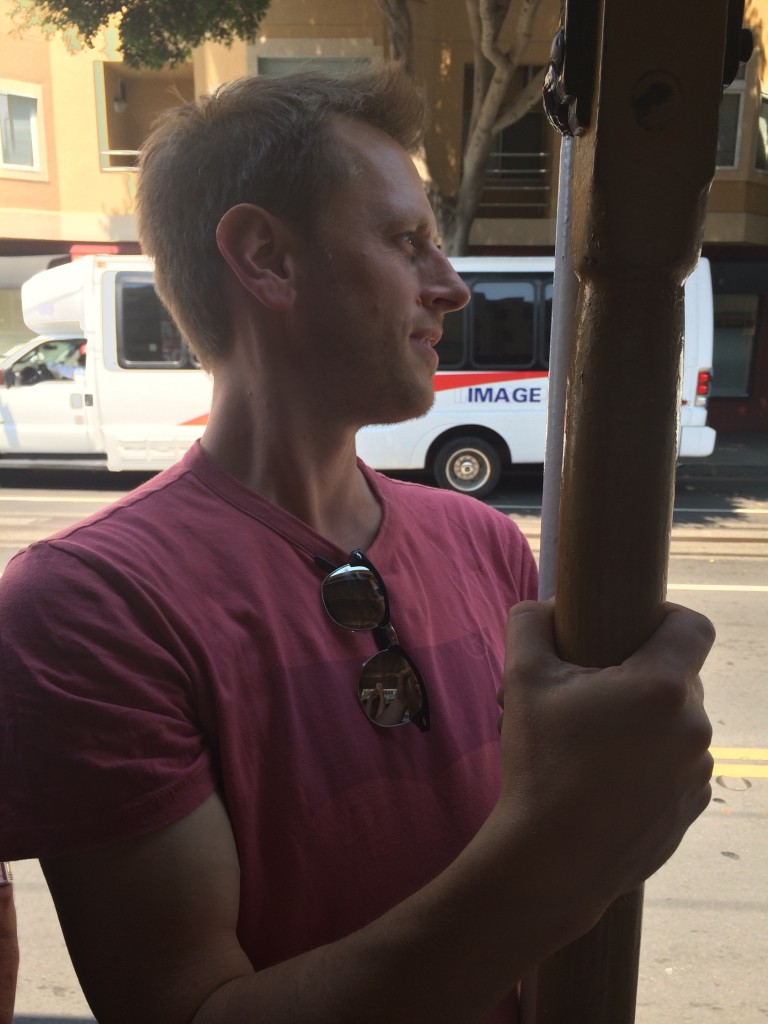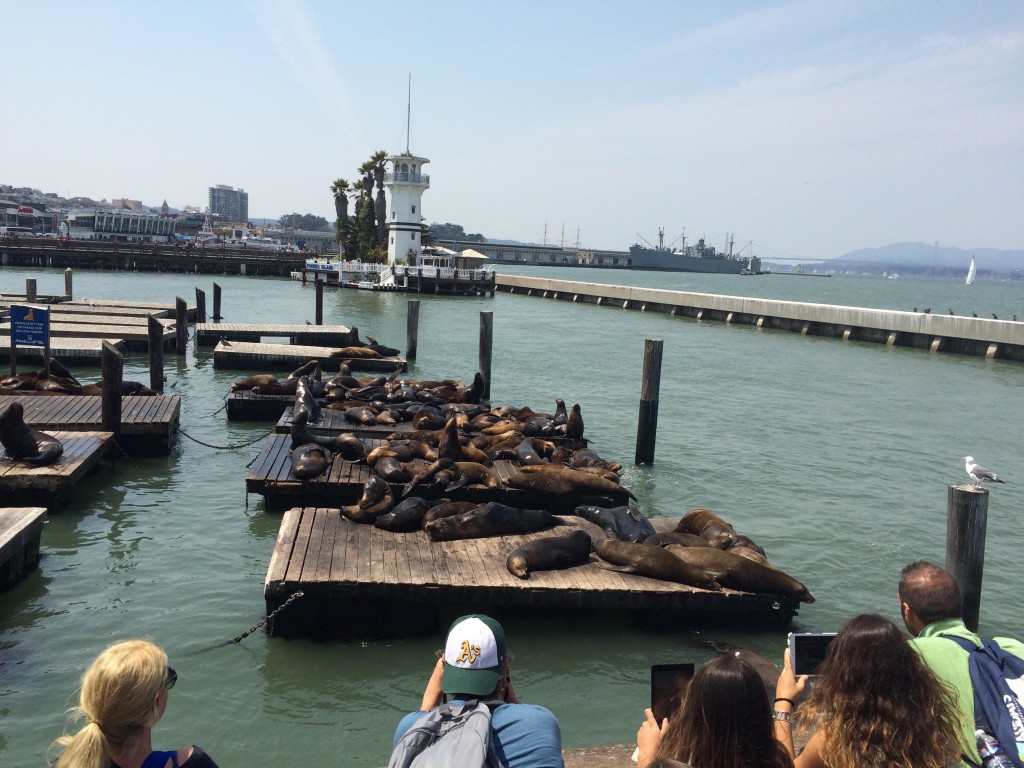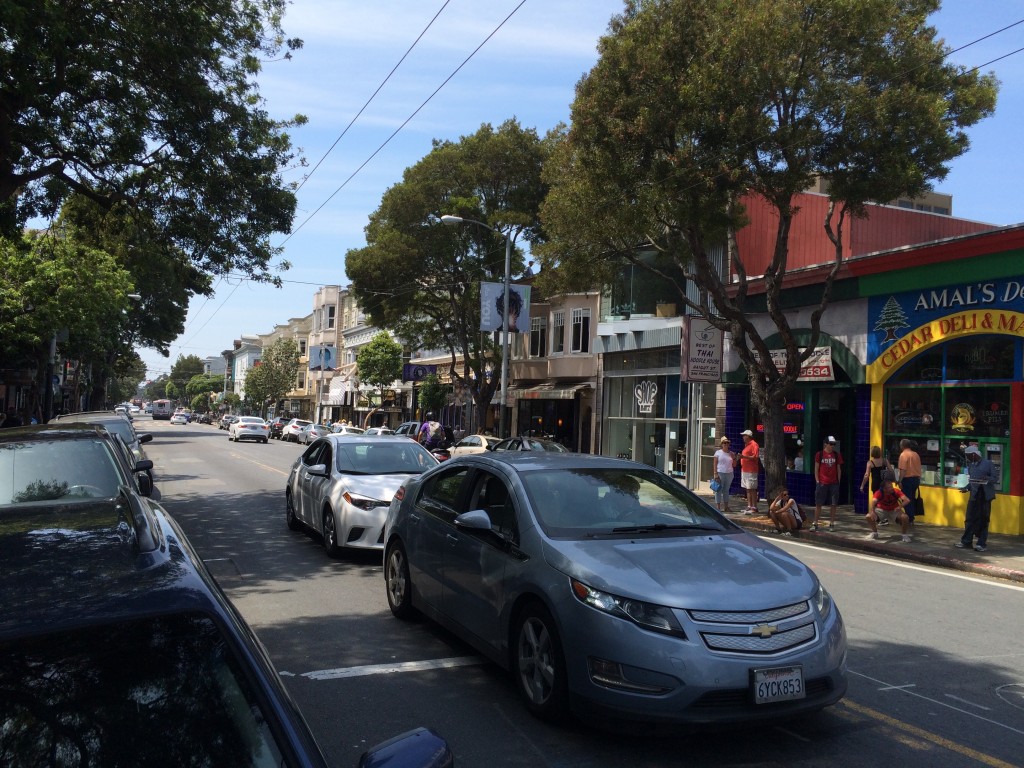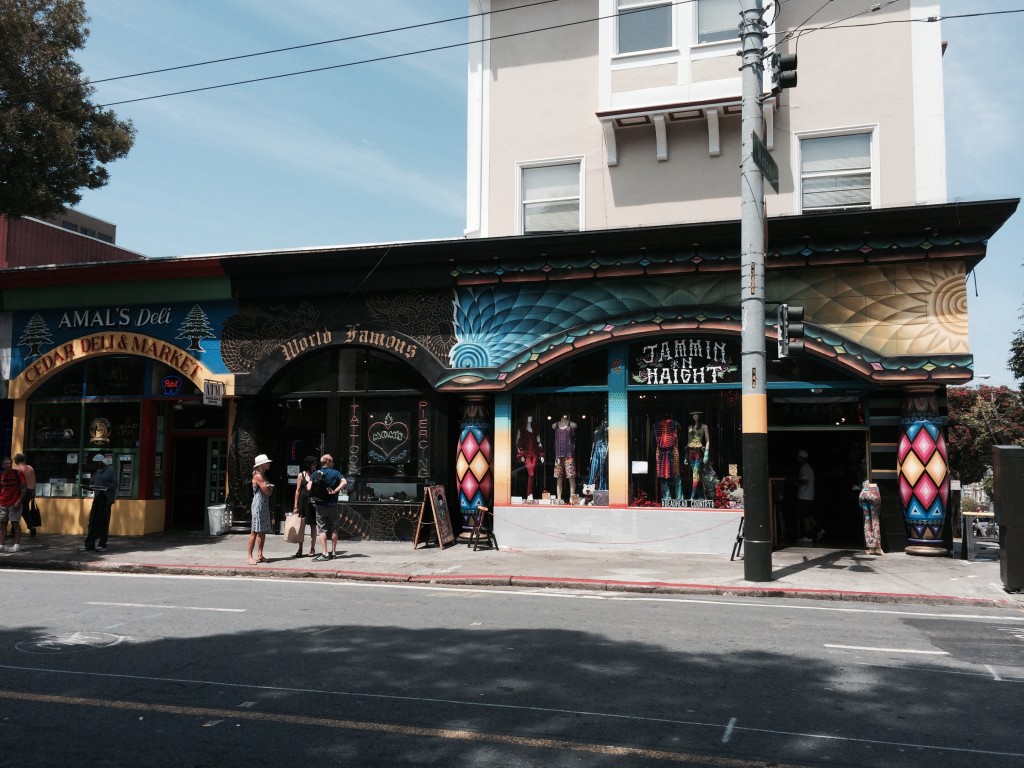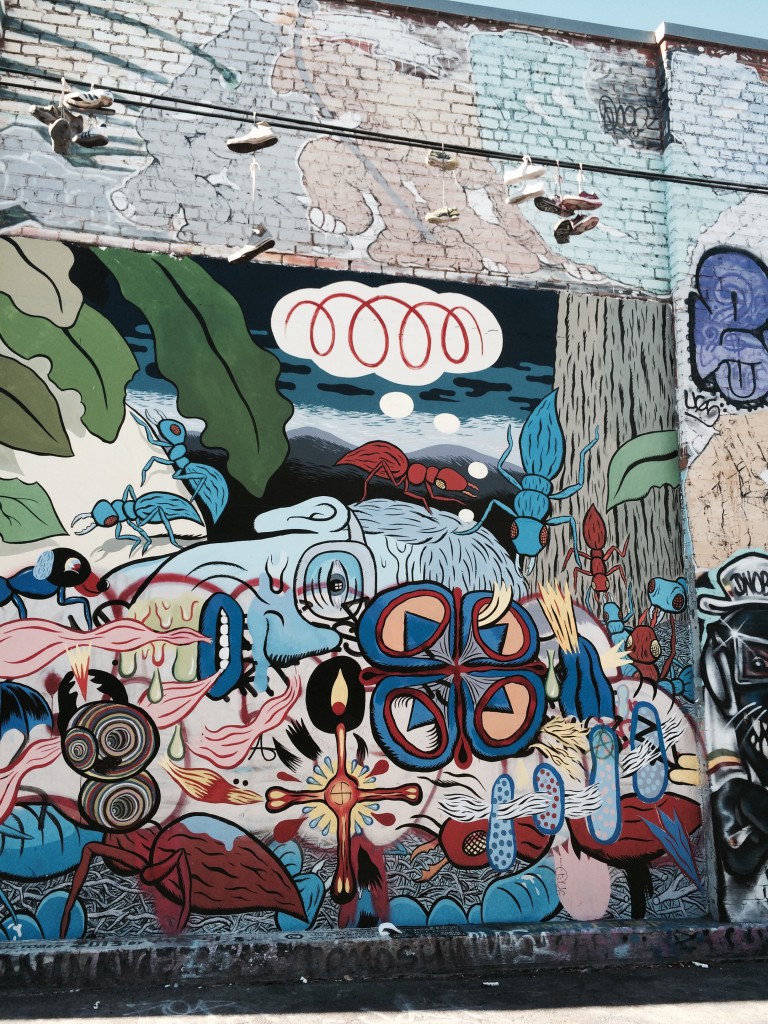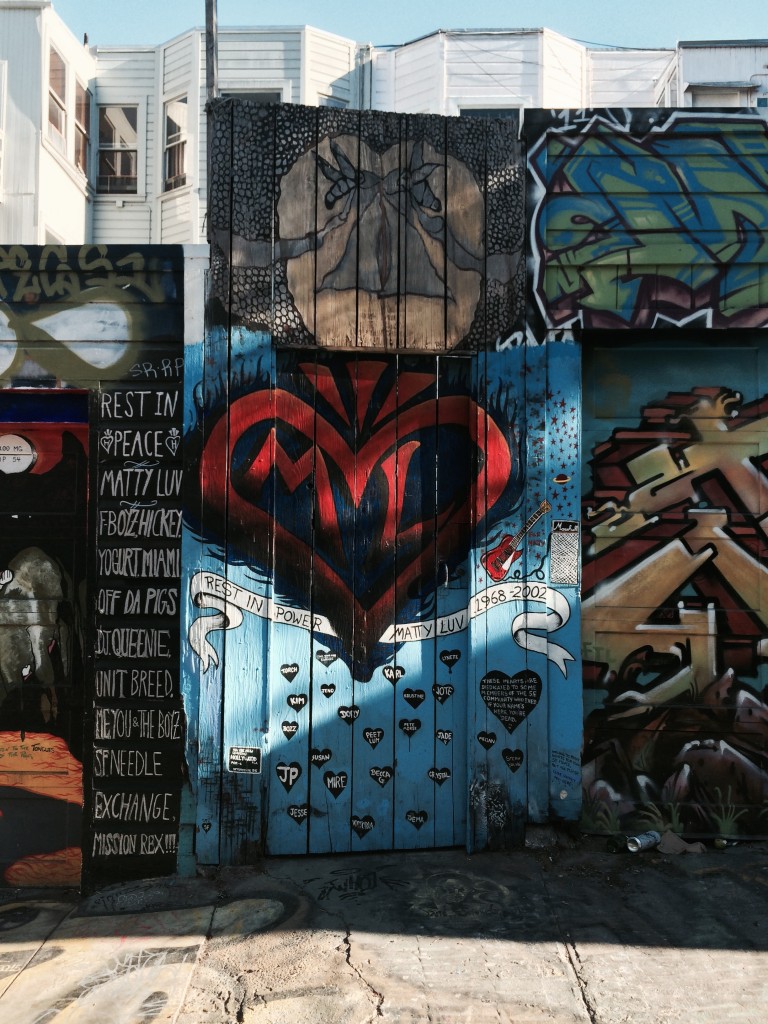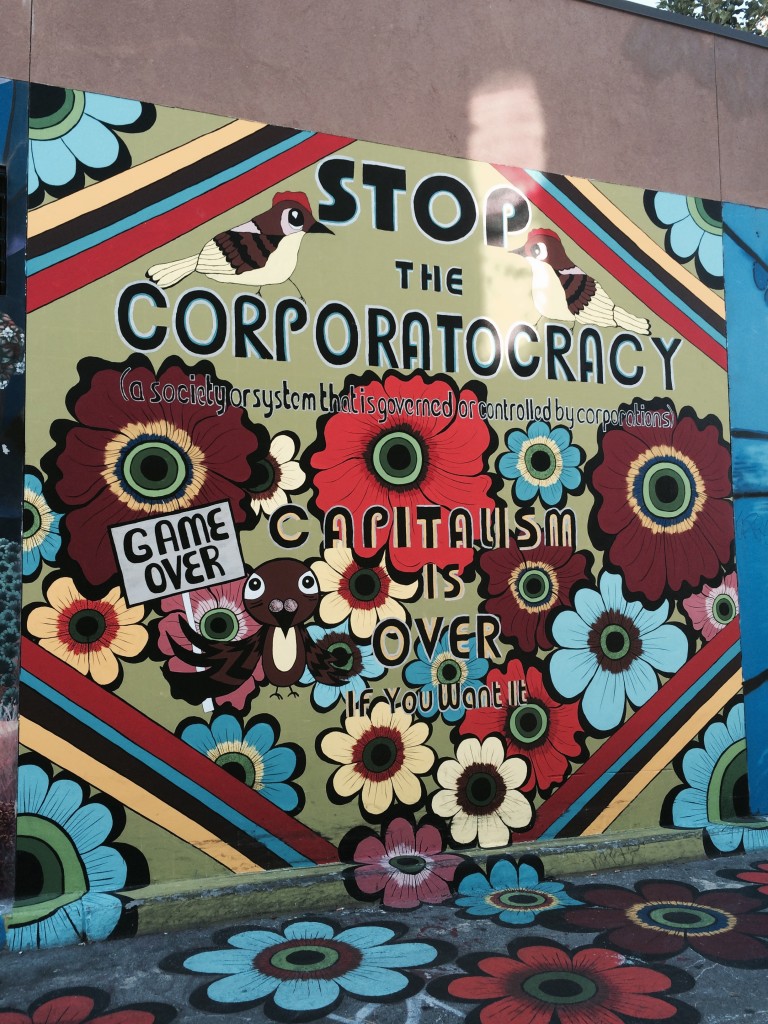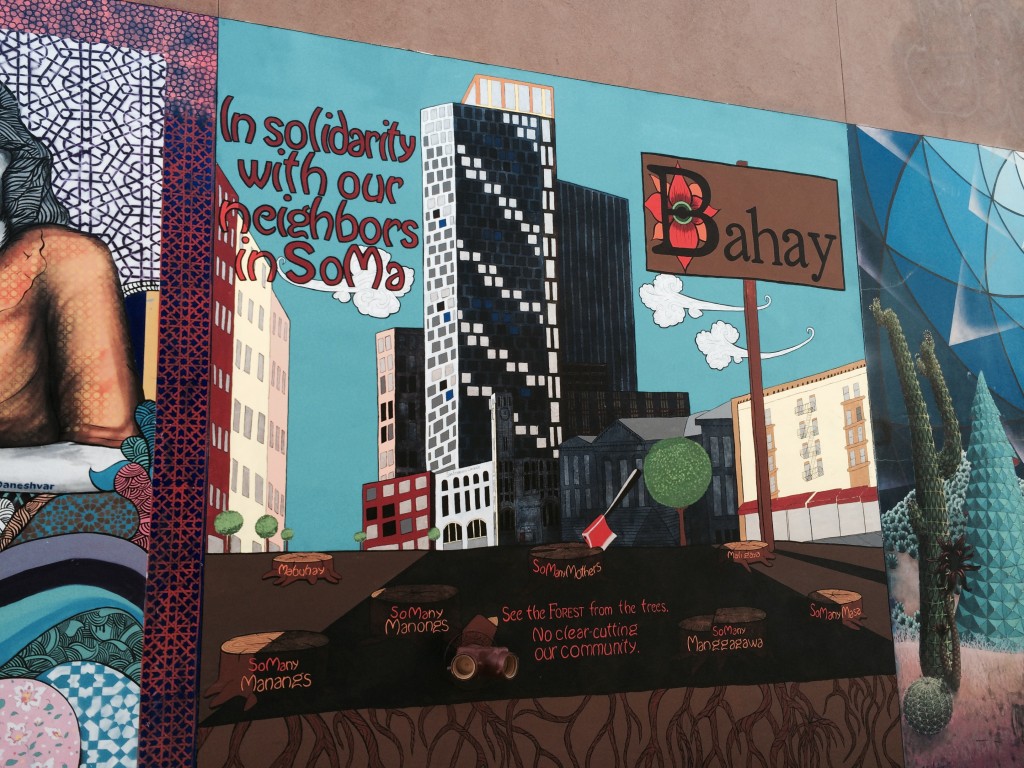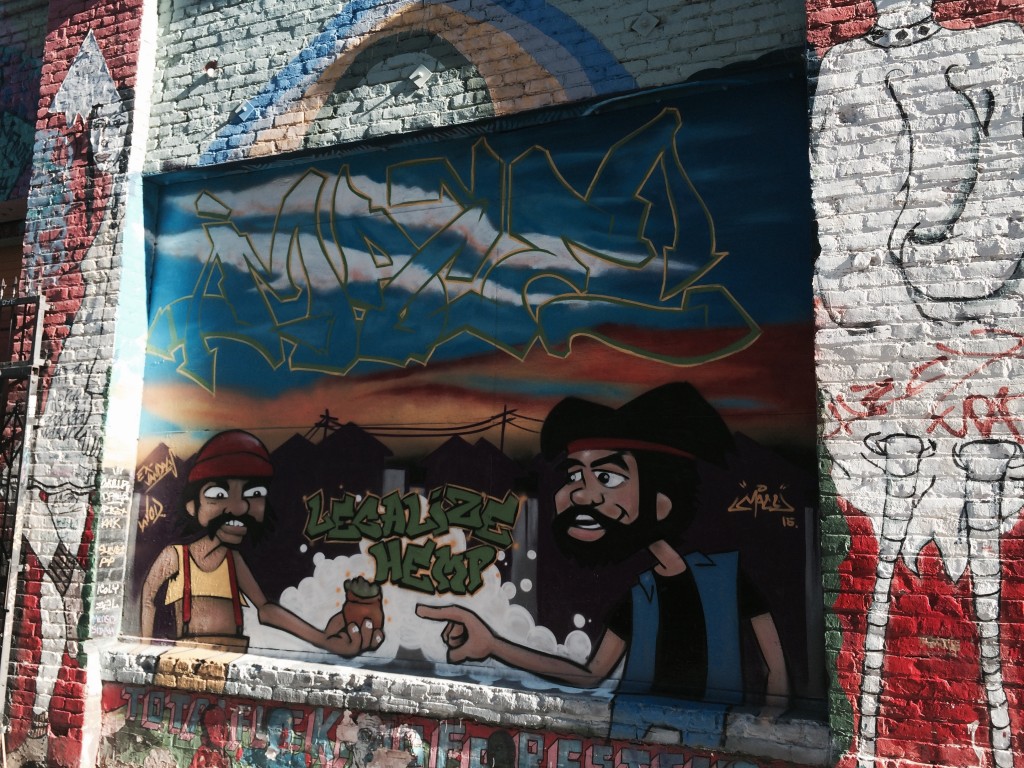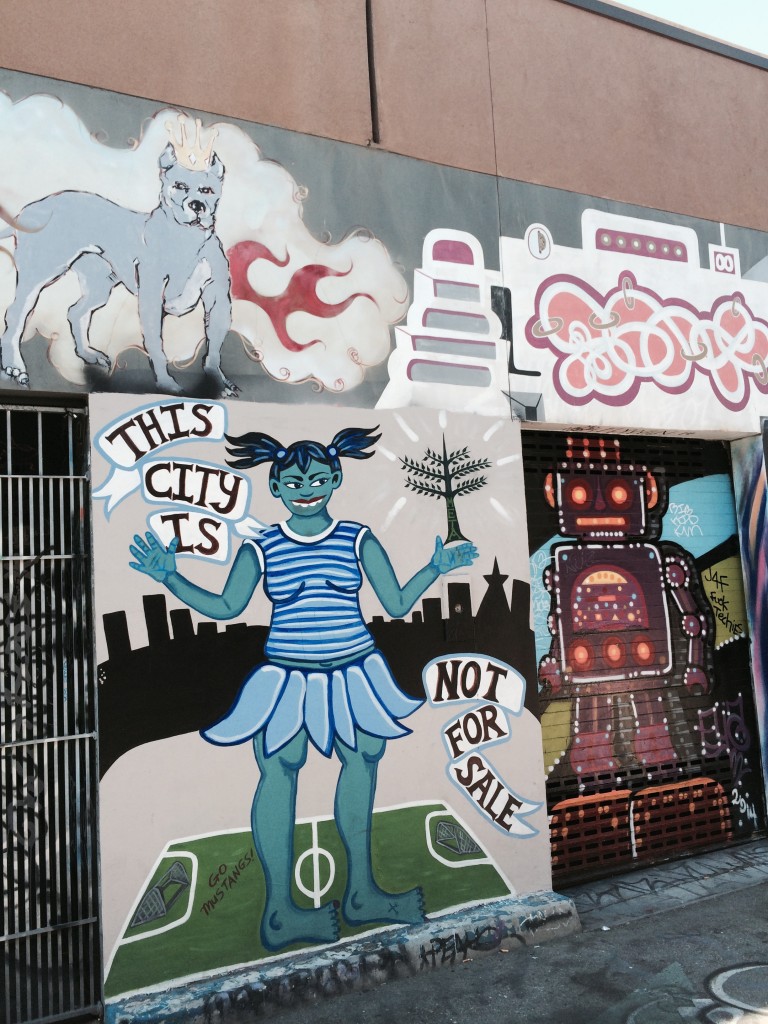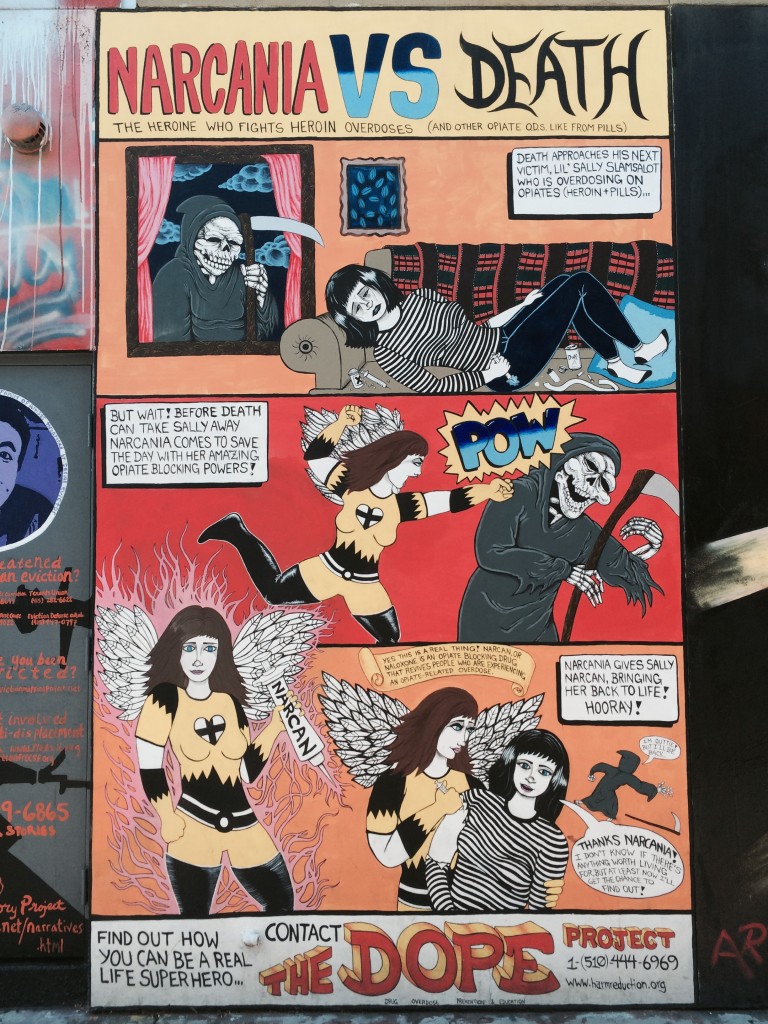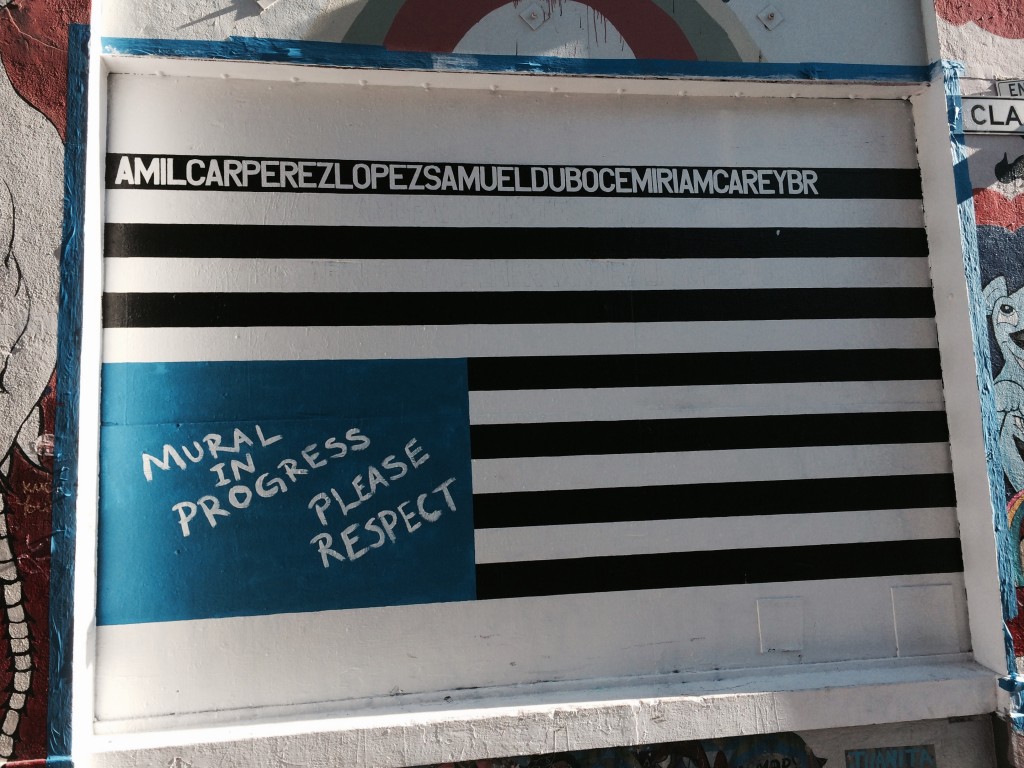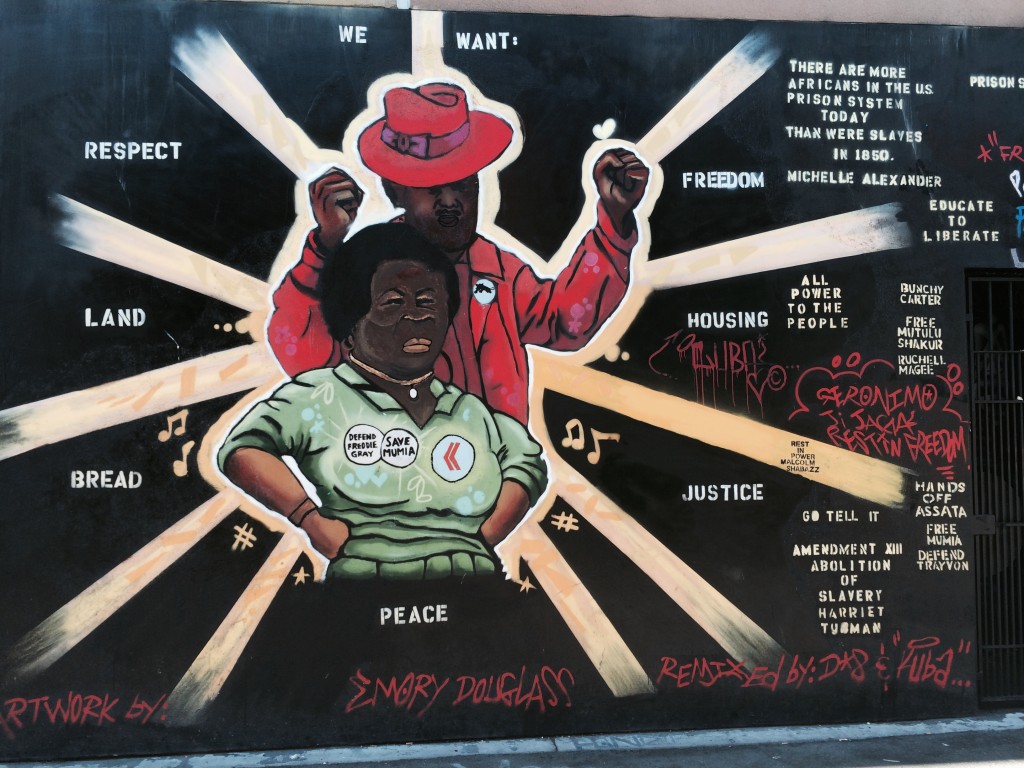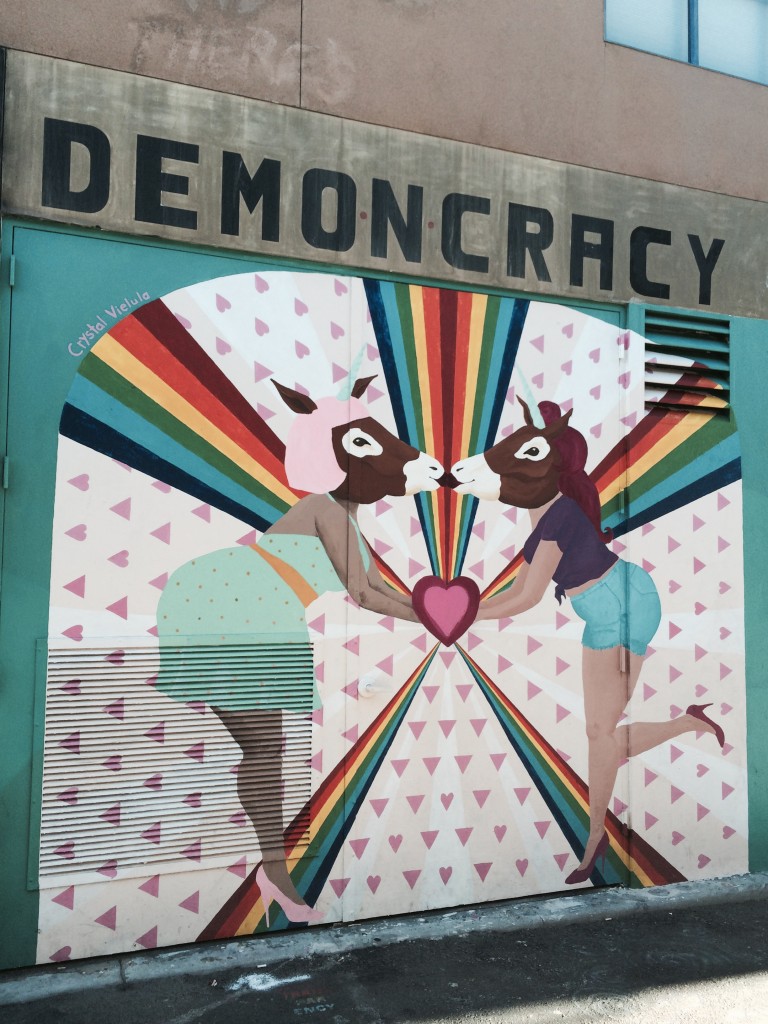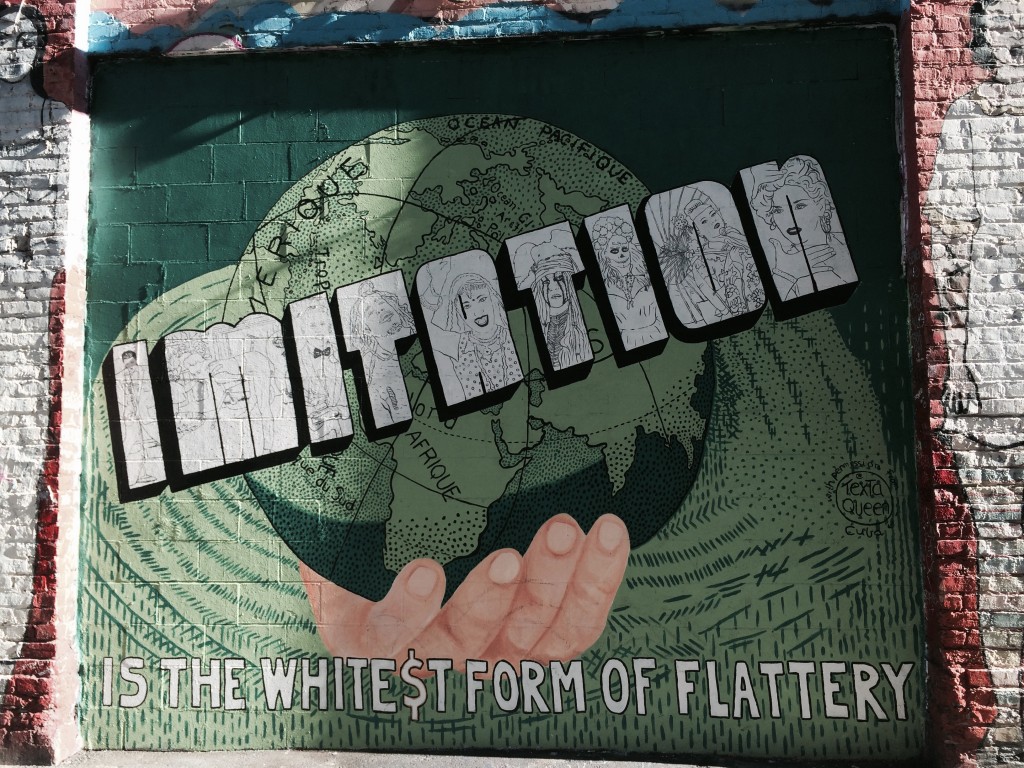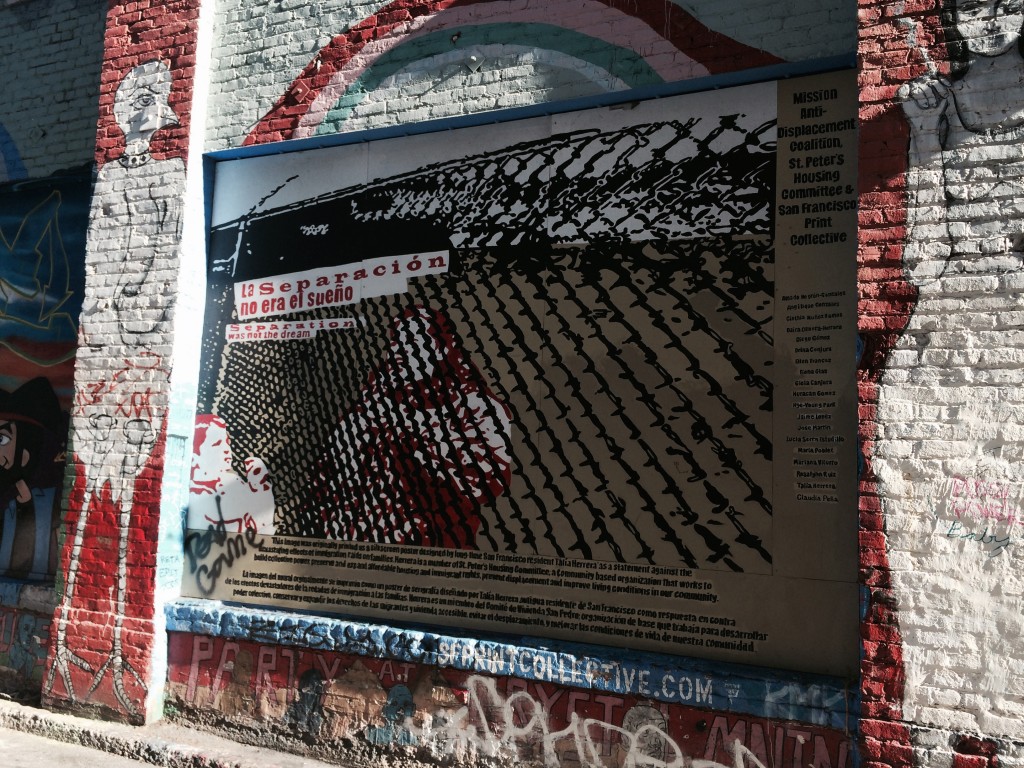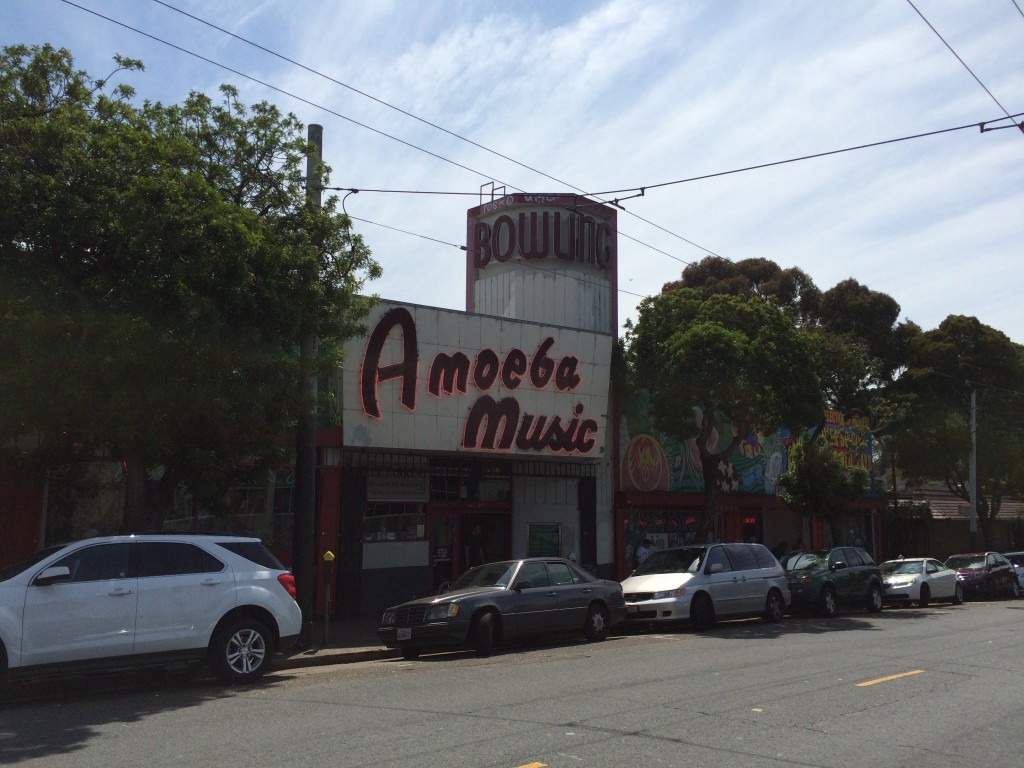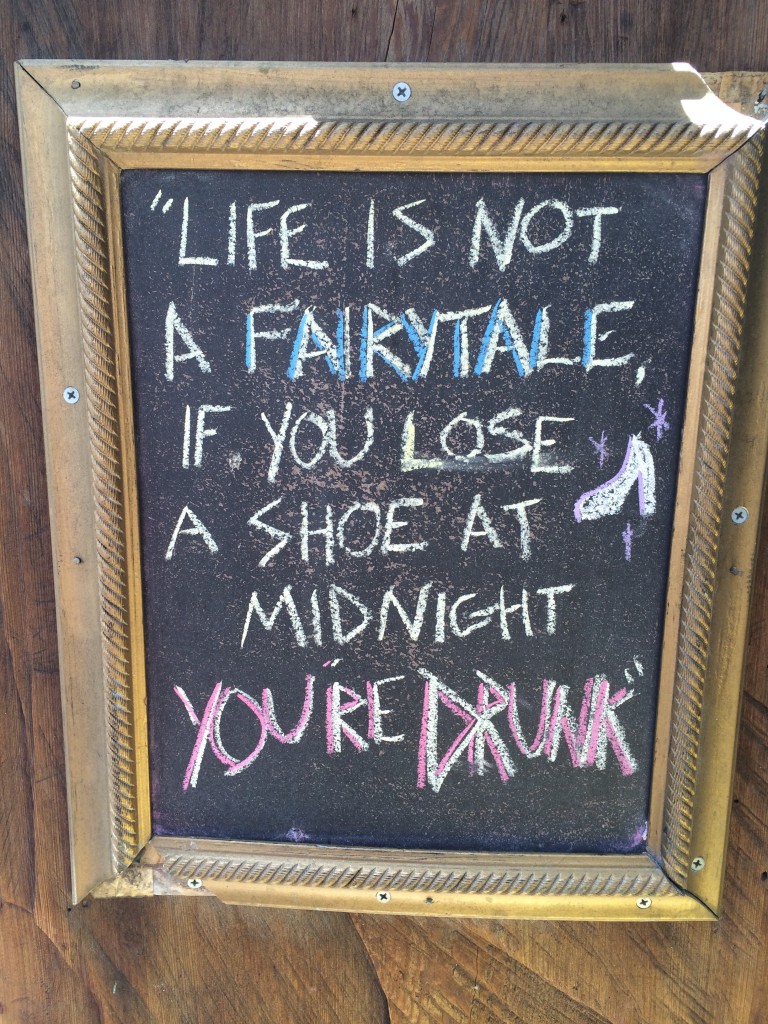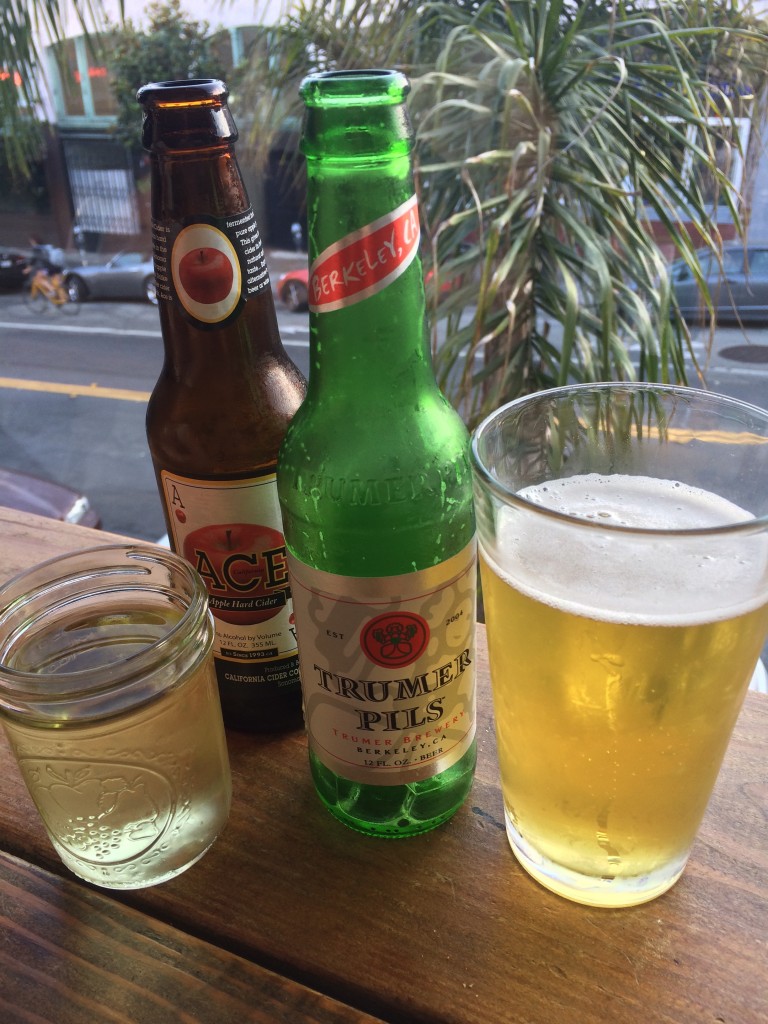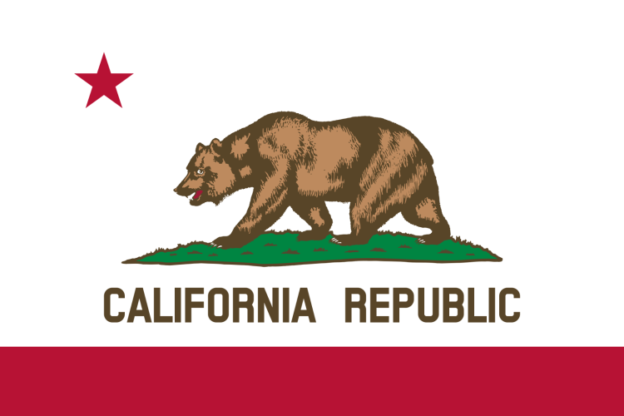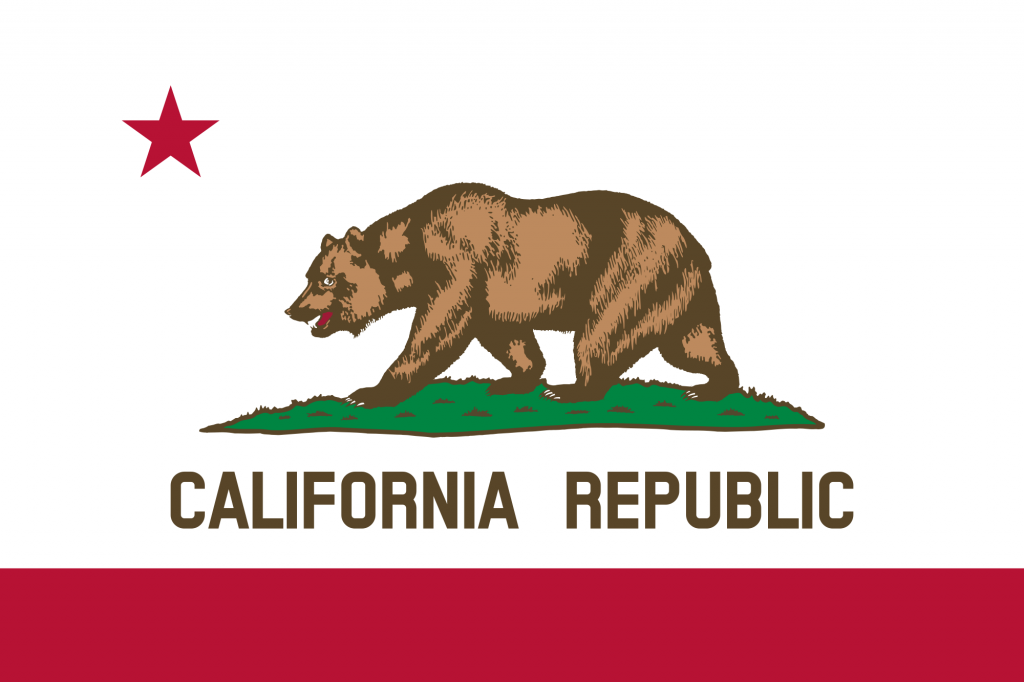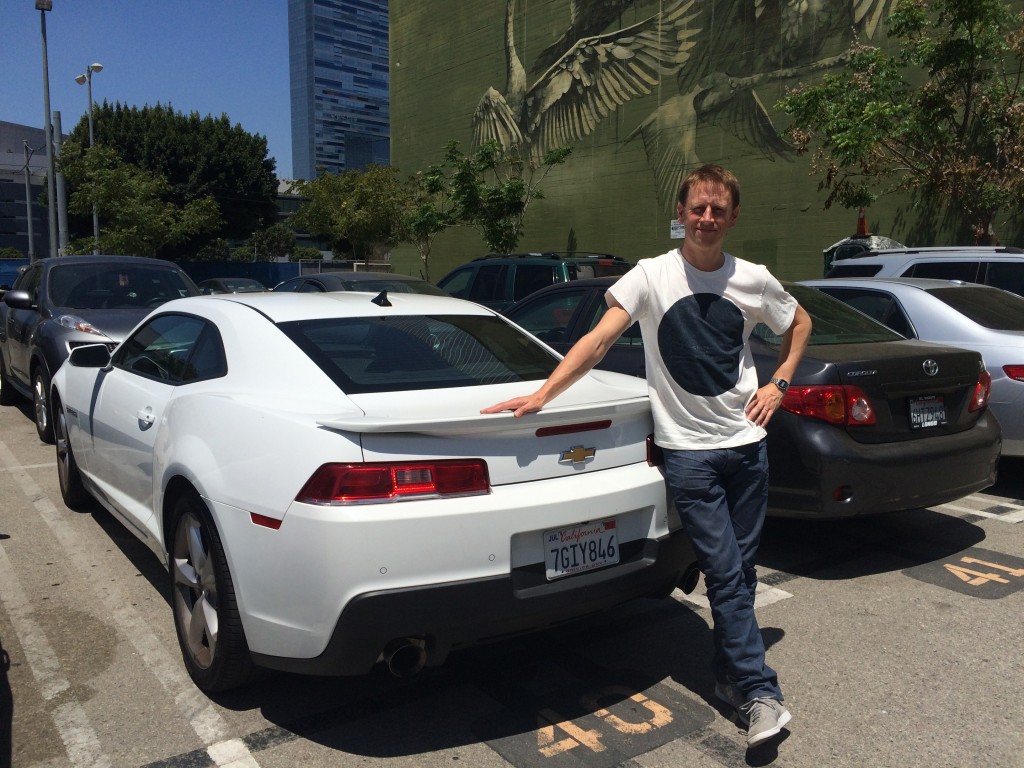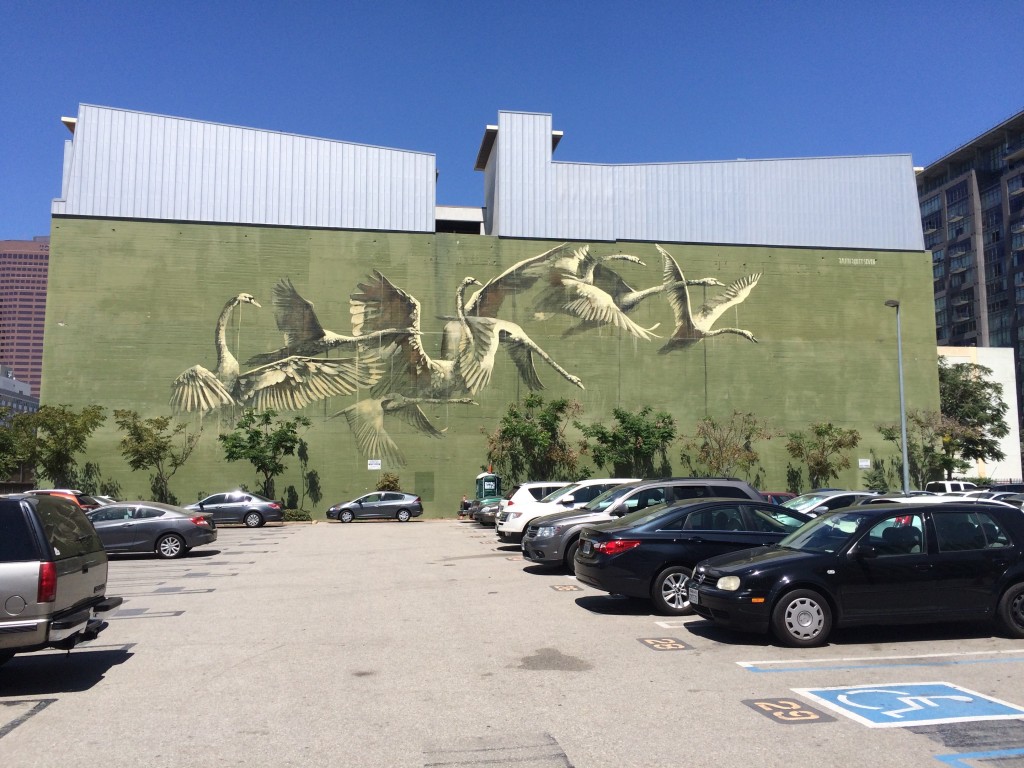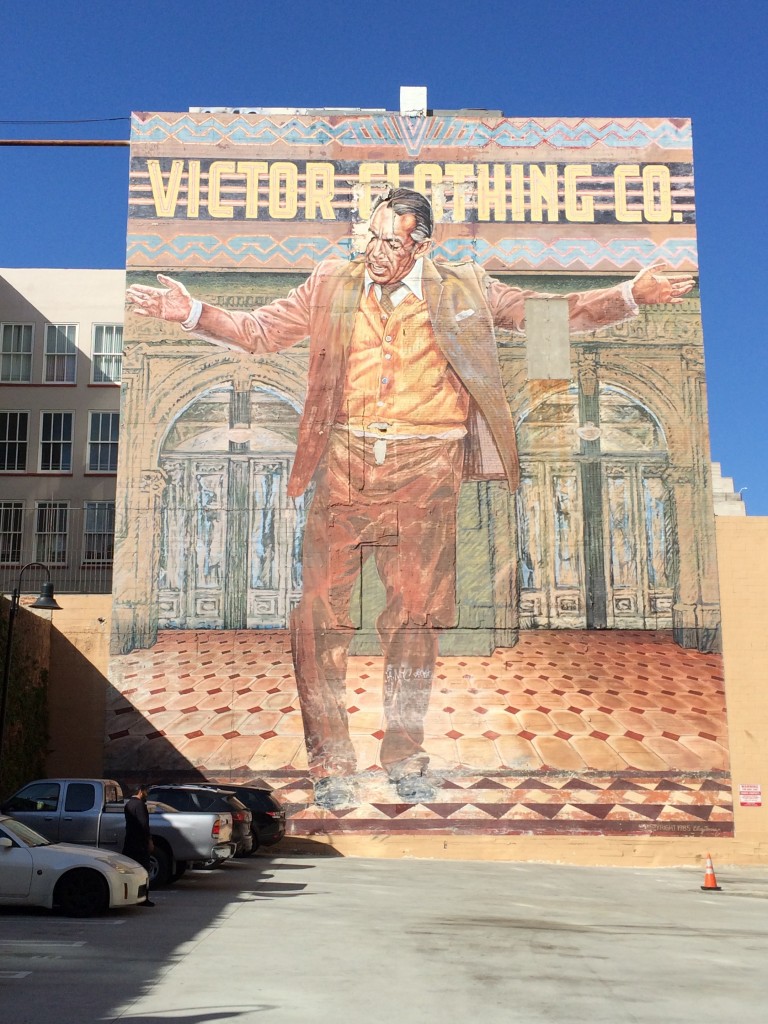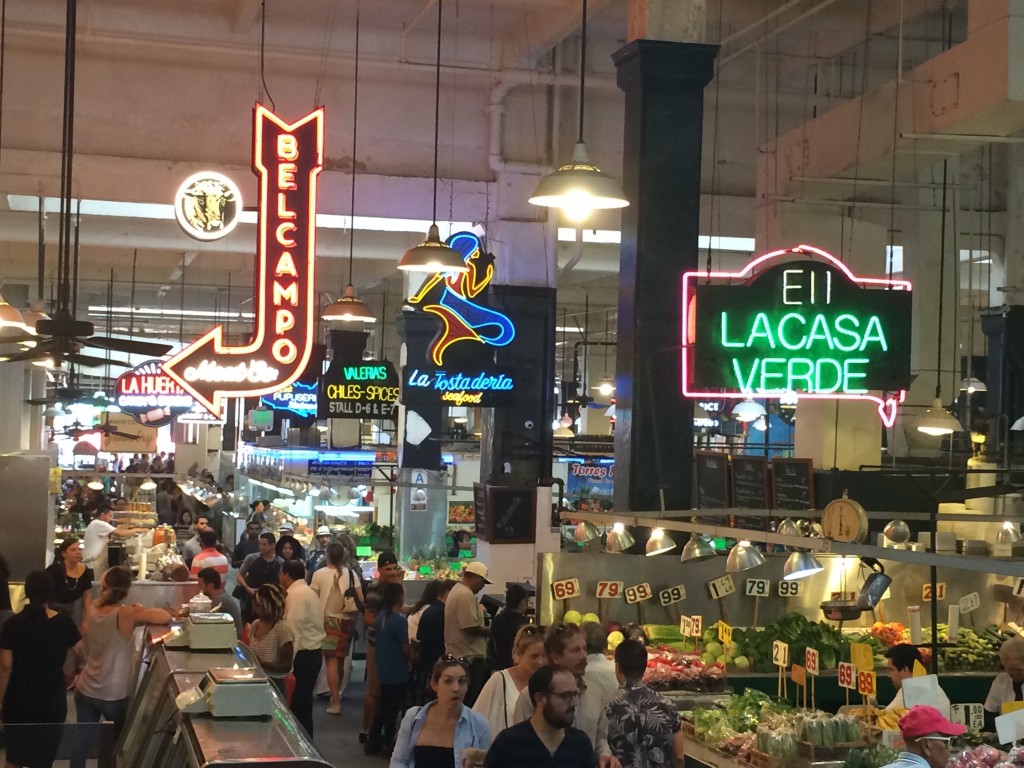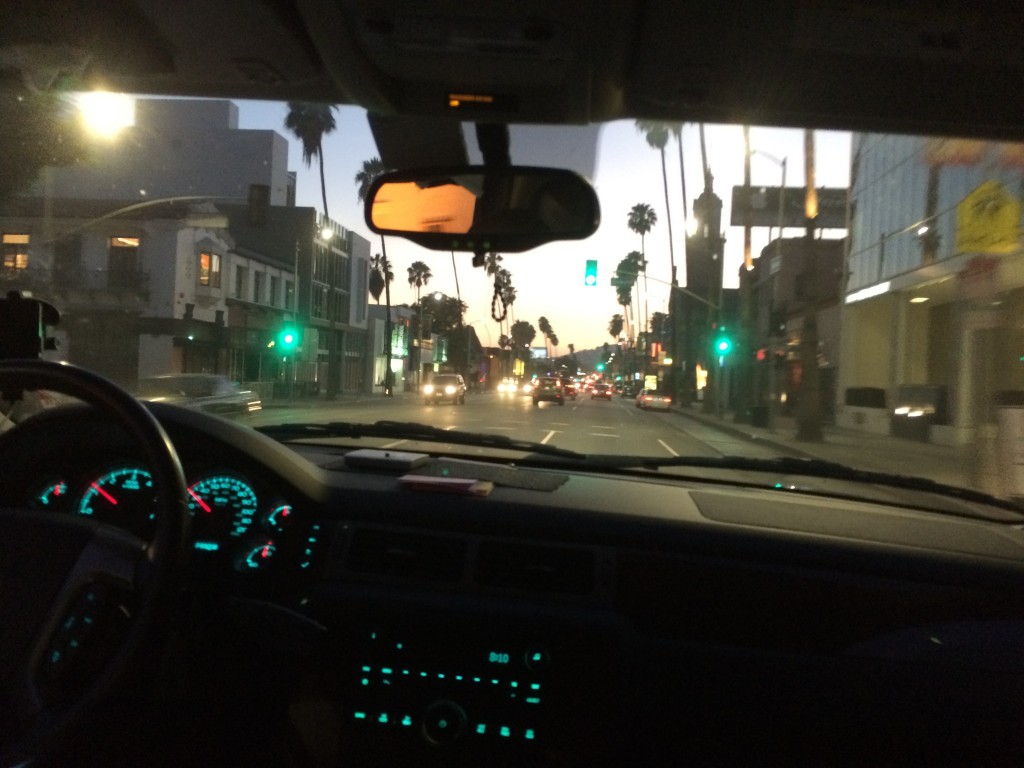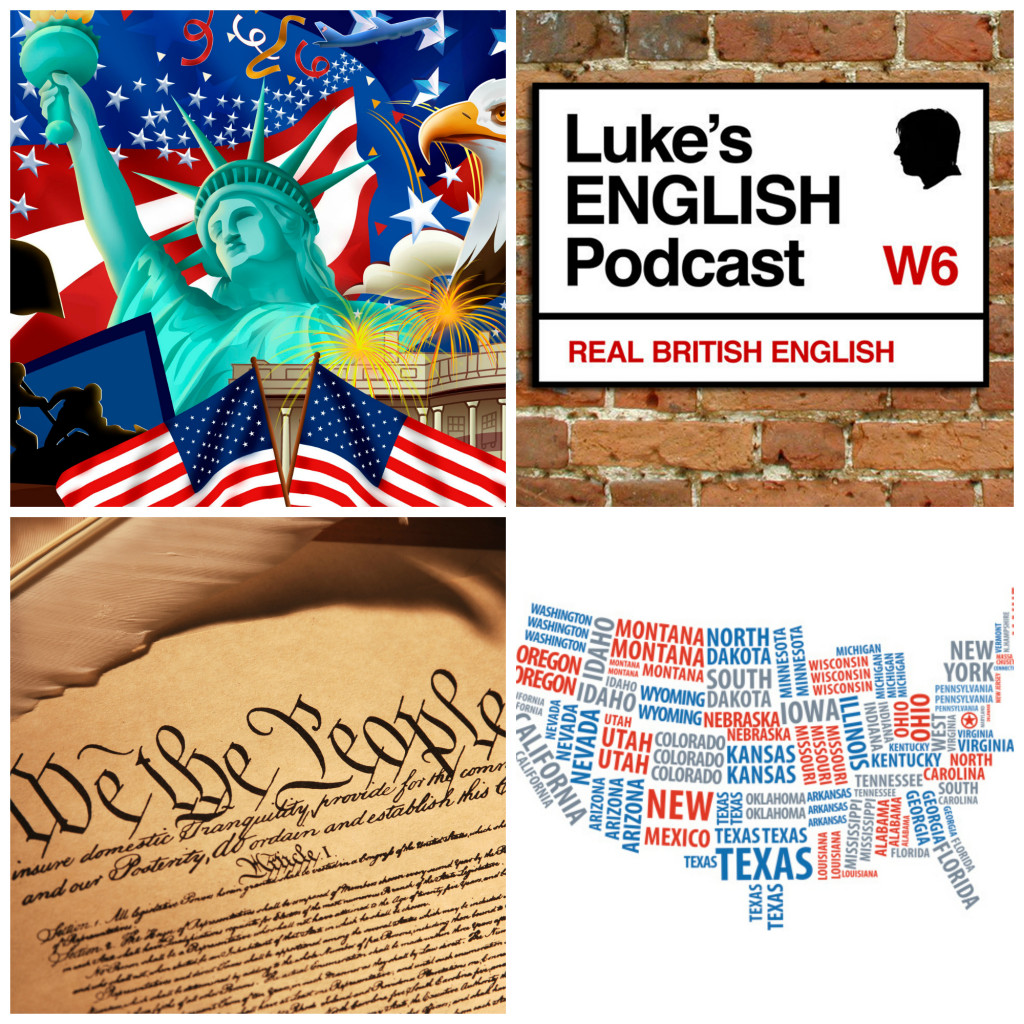This episode is a history of The World Cup. You’ll see that it’s very long! I didn’t expect it to be this long. I hope you enjoy it! I covers all the World Cups we’ve had since 1930, focusing on the key events with a few dodgy jokes along the way. You can read 99% of the transcript on the page for this episode.
Transcript – A History of The World Cup
You’ve probably noticed that the World Cup is starting on 14th June. I’ve received a few requests to talk about it, so here we go.
I’d like to do a few episodes about the world cup over the next few weeks, if I can, because I’m sure many of you around the world will be watching the games and getting into it. On the other hand, I’m sure some of you couldn’t give a monkey’s about football. I hope you listen anyway, and don’t throw your phone into a lake or indeed any body of water. Or anywhere. Don’t throw your phone. Just listen to this episode, you might actually enjoy it because football isn’t just about kicking a ball. It’s also about other things like scandals, corruption and geo-political maneuvering … and of course the people of the world coming together over a shared love of goals.
The World Cup is the most prestigious association football tournament in the world as well as the most widely viewed and followed sporting event in the world, exceeding even the Olympic Games; the cumulative audience of all matches of the 2006 FIFA World Cup was estimated to be 26.29 billion with an estimated 715.1 million people watching the final match, a ninth of the entire population of the planet.
20 World Cups so far in 16 countries and that doesn’t include this year’s tournament which is the 21st World Cup so far and is, of course, taking place in Russia.
2309 goals in total so far
More stats, including teams with most victories and all-time rankings http://www.fifa.com/fifa-tournaments/statistics-and-records/worldcup/index.html
This year it is being hosted in Russia. It all kicks off on 14 June. But what’s the story so far? Let’s go back in time to 1930 when the first World Cup ever happened, and then go through each competition one by one and talk about some of the highlights.
I’m attempting to deal with the main points, like who won and where the competition took place, but also I’m hoping to cover some of the more interesting events, scandals, shocks, surprises and also my own personal memories of world cups too.
1930
The first World Cup took place in 1930 and was hosted by Uruguay. The first goal in World Cup history was scored by Lucien Laurent of France. Four days later, the first World Cup hat-trick was achieved by Bert Patenaude of the USA in the Americans’ 3–0 win against Paraguay, which just doesn’t seem right somehow – America taking part in the original tournament and a yank scoring a hat-trick? I mean, they call it soccer for goodness sake!
In the final, Uruguay defeated Argentina 4–2 in front of a crowd of 93,000 people in Montevideo, and became the first nation to win a World Cup. Well done Uruguay.
The 1934 World Cup was hosted by Italy. Uruguay, the title holders from 1930 boycotted the 1934 World Cup because they were upset that so many European teams hadn’t attended their original world cup in 1930. Obviously, I have no idea what I’m talking about but that does sounds a bit like a teenager’s temper tantrum. Nobody came to my party so I’m not going to yours.
Italy won the tournament, beating Czechoslovakia to become the first European team to win the tournament.
1938
The 1938 World Cup competition was also held in Europe, much to the consternation of many South Americans, with Uruguay and Argentina both boycotting. The temper tantrums continued. To be fair though, it was probably a huge pain in the neck for South American teams to travel to Europe and I bet that FIFA was already following the smell of cash. Cynical? France hosted, but for the first time the hosts did not win the competition, as Italy retained their title, beating Hungary in the final by four goals to two.
Up until about 1950 the World Cup was beset by political disagreements, boycotts and of course WW2, which sort of got in the way. WW2 was a bit like the World Cup in a weird way, but a world cup of blowing each other up and dying, so not as good as the world cup at all, not even a little bit. WW2 had many many downsides, not least of which was the fact that the 1942 and 1946 World Cup football tournaments were cancelled. Everyone was too busy trying to shoot each other, let alone shoot a ball into a goal with their foot. It wasn’t until later that the World Cup managed to unite the world as it is known for doing today.
1950
Competition resumed with the 1950 World Cup in Brazil, which was the first to include British participants. “Tally ho chaps! It’s us the bloody English! Pip pip and all that! We only invented the game of football and introduced it to the world to teach old Johnny Foreigner some good old British stiff upper lip discipline! Sorry we’re late by the way everyone, had a spot of bother over there on the continent with a rather naughty chap called Hitler. Silly sod thought he could take over the world, hahaha! Anyway, looks like the rest of you have finally learned how to play football by the proper rules. Right lads – time to show planet earth a thing or two about kicking an inflated pig’s bladder around a grass rectangle. Watch out world, here we come! Better fill that World Cup full of afternoon tea what? Hahahah” High hopes for the English entering their first world cup. And what happened? Did they beat everyone in a gentlemanly like way, while bringing values of fair play and democracy wherever they went? No. THey didn’t. The English failed to make the final group round in a campaign that included a 1–0 loss to the United States. Very humiliating, and very symbolic.
“Oh, jolly good America, right, of course, let the yanks have a crack at the old world domination so to speak – just, hand over the reigns there to old Dwight Eisenhower and his boys. Jolly good, carry on… yep, British Empire? What? No, we’re just clearing up a few things here, nothing to see. Carry on yes!”
Eastern European countries (such as Hungary, the Soviet Union, and Czechoslovakia – yes, this Wikipedia article that I’ve adapted here does consider The Soviet Union to be “an Eastern European country”) did not enter. Title-holder Italy did take part, despite the Superga air disaster of 1949 in which the entire Grande Torino team (many who were national team players) were killed. Uruguay were surprise victors over hosts Brazil (in a match which would later be known as Maracanazo) and became champions for the second time. Another good result for Uruguay. If they keep up this level of form they might be in with a chance this year.
It must have been a nasty shock for Brazil, and the stadium must have been filled with Brazilian supporters.
When the match ended, people said the stadium was filled with “disturbing and traumatic absolute silence”,[10][11] except for the euphoria and celebration of the Uruguayan players and delegation.
Apparently the defeat still haunts Brazil to this day. The term “Phantom of ’50” was later used to refer to the fear that Brazilians and Brazil national football team feel of the Uruguay national football team due to this loss. Each time Brazil and Uruguay play at Maracanã Stadium, the theme resurfaces.
India were also supposed to play in the 1950 World Cup but apparently they had to withdraw because they weren’t allowed to play barefoot. They had no boots and actually expected to play with completely bare feet, which, presumably, was how they used to play in India back then.
1954
The 1954 World Cup, held in Switzerland, was the first to be televised. The Soviet Union did not participate because of their dismal performance at the 1952 Summer Olympics. I’m not sure why this meant that they couldn’t take part in the world cup. Maybe they briefly forgot how to run or something.
Scotland made their first appearance in the tournament, but were unable to register a win, going out after the group stage, setting a precedent for the rest of their international career, which is generally marked by nothing in particular except for a great goal by Archie Gemmill, but other than that Scotland’s international career has been quite crap, which is probably England’s fault somehow.
West Germany were the tournament winners, defeating Olympic champions Hungary 3–2 in the final, coming back from being 2-0 down. The match is known as the Miracle of Bern in Germany, although Bern actually is in Switzerland.
Well, I mean, in Germany it’s known as The Miracle of Bern.
1958
Brazil made up for their crushing defeat in 1950 and won the 1958 World Cup, held in Sweden, and became the first team to win a World Cup outside their home continent (only 3 teams have done this to date – Brazil in 1958, 1970, 1994 and 2002, Argentina in 1986, and Spain in 2010).
The Soviet Union participated this time, most likely due to their win at the Melbourne Olympics in 1956. It seems they had learned how to run and kick again. For the first (and so far only) time, all four British teams qualified for the final round – that’s England, Wales, Scotland and Northern Ireland. Only Northern Ireland got through to the quarter finals and got smashed 4-0 by France. The tournament also saw the emergence of Pelé, who scored two goals in the final. French striker Just Fontaine became the top scorer of the tournament with a still standing record of 13 goals. Yes, “just” was his first name.
Who scored 13 goals in the 1958 world cup? It was Just Fontaine. What nobody else? No, Just Fontaine on his own.
Sounds a bit disappointing. So who was the top scorer?? It was just Fontaine. Oh… that’s a pity.
No, no. That’s his name. Just Fontaine.
1962
Chile hosted the 1962 World Cup. Before play began, an earthquake struck, the largest ever recorded at 9.5 magnitude, prompting officials to rebuild due to major damage to infrastructure. It’s hard to play football when there’s no floor to play on.
It must be tough living in a country where the earth shakes every now and then. It would be scary. Honestly, that’s one of the things I like about living in England and in Northern France. OK, the weather isn’t great, but the earth pretty much stays in one place.
When the 1962 competition began, two of the best players were in poor form as Pelé was injured in Brazil’s second group match vs Czechoslovakia.
Also, USSR saw their goalkeeper Lev Yashin show poor form including a 2–1 loss to hosts Chile as that team, inspired by team spirit captured third place. The competition was also marred by overly defensive and often violent tactics.
This poisonous atmosphere culminated in what was known as the Battle of Santiago first round match between Italy and Chile in which Chile won 2–0. Prior to the match, two Italian journalists wrote unflattering articles about the host country. In the match, players on both sides made deliberate attempts to harm opponents though only two players from Italy were sent off by English referee Ken Aston.
What happened in more detail. (Come on, we want a blow-by-blow account don’t we?)
Summary[edit] (Wikipedia)
The first foul occurred within 12 seconds of kick-off. 12 SECONDS. Italy’s Giorgio Ferrini was sent off in the twelfth minute after a foul on Honorino Landa, but refused to leave the pitch and had to be dragged off by policemen. HE HAD TO BE DRAGGED OFF BY POLICEMEN.
English referee Ken Aston did not see a punch by Chilean Leonel Sánchez to Italian Mario David, which had come in retaliation for being fouled seconds earlier. BRUCE LEE? When David attempted to kick Sánchez in the head a few minutes later (he missed), he was sent off. [Was he sent off for being pathetic?]
In the violence that continued, Sánchez broke Humberto Maschio’s nose with a left hook, but Aston did not send him off. [Right, because kicking the air is obviously worse than breaking a man’s nose with your fist! Although maybe at this point the referee decided that staying on the pitch was the greater punishment! “You broke this man’s nose with your fist. This kind of violence will not be tolerated. I’m sorry but I’m forced to make you stay on the pitch until the end of the game.” “No no!” etc) The two teams engaged in scuffles and spitting, and police had to intervene three more times. Chile won the match 2–0. But if it had been a boxing match, Italy would have won.
When highlights from the match were shown on British television a couple of days later (not the same night, because film of matches still had to be flown back), the match was introduced by BBC sports commentator David Coleman as “the most stupid, appalling, disgusting and disgraceful exhibition of football, possibly in the history of the game.”
In the end, the Italian team needed police protection to leave the field in safety.
When the final whistle blew in the final, Brazil beat Czechoslovakia for the second World Cup in a row by a final score of 3–1 led by Garrincha and Amarildo, in Pelé’s absence, and retained the Jules Rimet trophy. In this tournament, Colombia’s Marcos Coll made World Cup history when he scored a goal direct from a corner kick (called an Olympic Goal in Latin America) the only one ever made in a World Cup and against the mythical goalkeeper Lev Yashin. [Mythical goalkeeper – I think he actually did exist, didn’t he?]
1966
The 1966 World Cup, hosted by England (UK), was the first to embrace marketing, featuring a mascot and official logo for the first time. Yes, that’s what England brought to The World Cup – annoying marketing. We (arguably) invented the game – or at least wrote a lot of the rules or something, and probably gave football to the world (or so we like to believe) and then decades later, we gave another precious gift to the world – irritating World Cup mascots! The World Cup was never the same again.
The trophy was actually stolen in the run-up to the tournament but was found a week later by a dog named “Pickles”. North Korea, became the first Asian team to reach the quarter-finals, eliminating Italy in the process. It says “Eliminating” – I think this just means they knocked Italy out of the tournament. They didn’t blow the country up and kill all Italian people or anything. Eliminated… just a slightly dramatic word choice there, by whoever wrote this article on Wikipedia. John Wikipedia.
England won the tournament, and Geoff Hurst became the first and to this day the only player to score a hat-trick in a World Cup Final. Yes, England won and ever since we have been officially known as “Best Country in the World Ever” (in our heads). The rest of the world is just not bothered.
Eusébio, whose team Portugal were taking part in their first World Cup, was the tournament top-scorer, with 9 goals to his name.
*Controversial goal.
*Did the ball cross the line (no)
Joy for England in a pretty special year/decade for the country – well, there was this and The Beatles recorded Revolver, which on balance I am more proud of. Anyway, well done chaps! Now, let’s see if we can do it again. Oh, you’ve forgotten how to use your legs. What happened?
1970
In 1970, The finals were held in Mexico. The group stage clash between defending champions England and Brazil lived up to its billing, and is still remembered for England goalkeeper Gordon Banks’ save from a Pelé header on the six-yard line, arguably the best save ever, although once my brother nearly dropped a glass of wine on my parent’s carpet but I managed to dive and catch it at the last minute. I still think this is better than anything Gordon Banks ever did.
The tournament is also remembered for the semi-final match between Italy and West Germany, in which 5 goals were scored in extra time, and Franz Beckenbauer played with a broken arm (not for fun, or because he was bored, I mean he wasn’t just playing with someone’s broken arm like “ooh it’s all floppy! Does it hurt when I do that? What about when I swing it round? – stop playing with my broken arm! – No, he had a broken arm and he played football with it – I mean, he wasn’t hitting the ball with his broken arm, he just carried on playing while he had a broken arm – is that clear?)
Germany had used up all their allowed substitutions so Beckenbauer had to carry on even though he had a broken arm. Football players were much tougher back then. These days if you sneeze on a footballer’s arm they’ll leap into the air like a salmon and then roll around holding their face in agony like a child having a tantrum in a supermarket.
Italy were the eventual 4–3 winners, but were defeated 1–4 in the final by Brazil, who became the first nation to win three World Cups, and were awarded the Jules Rimet trophy permanently for their achievement. Basically, the world said to Brazil – ok you can have the world cup forever, you’re amazing. You now own football and your country will be forever associated with the game and whenever you meet people from other countries they will just say “Hey, you’re a Brazilian guy? So you love football huh?” a bit like the way when people meet an English person they typically will say “Hey, you’re an English guy huh? Cool! We don’t understand your food, your humour, your accents or your inability to score penalties, or in fact normal goals too! But please teach me your language, lol”.
This was a legendary Brazilian squad in 1970, including players like Pele, captain Carlos Alberto Torres, Jairzinho, Tostão, Gérson and Rivelino. For me this was when the World Cup entered a new era, with superstar players, in colour, with television in many people’s homes.
1974
A new trophy was created for the 1974 edition, held in West Germany. Some people make jokes about its appearance. I’ll let you imagine what those jokes are. The West German hosts won the competition by beating the Netherlands 2–1 in the final, but it was also the revolutionary Total Football system of the Dutch that captured the footballing world’s imagination.
In Total Football, a player who moves out of his position is replaced by another from his team, thus retaining the team’s intended organisational structure. In this fluid system, no outfield player is fixed in a predetermined role; anyone can successively play as an attacker, a midfielder and a defender.
The only player who must stay in a specified position is the goalkeeper, because the whole thing would fall apart if the goalie suddenly decided to just become a midfielder. It’s not “rush goalie” which is a rule we used to play in the park when we were kids. Rush goalie means that basically anyone can be the goalkeeper – if they’re in the goal area, they’re the goalie. But generally what happened is that nobody wanted to be the goalie so quite often the goal would be left unattended while the members of the team looked at each other and argued about why nobody was in goal. Everyone was a glory hunter. An indictment of the English game there.
The very well-playing Poland finished third, after defeating Brazil 1–0 (and after defeating Argentina 3–2 and eliminating Italy 2–1 in the initial group play). Wow, another country, just eliminated. They lost in terrible rain in the semifinals to West Germany 0–1. Ouch, I bet that hurt. Germany basically said, “The Polish are proving to be rather problematic. Eliminate them, immediately.”
Johan Cruyff was one of the stars of this competition, showing off close ball control and dribbling skills (my daughter has some pretty good dribbling skills – better than Johan Cruyff I can tell you), including the legendary “Cruyff Turn”. T
1978
The 1978 World Cup was held in Argentina, causing controversy as a military coup had taken place in the country two years earlier. Tunisia won their first match against Mexico 3–1 and became the first African team to ever win a world cup game. There was some on-field controversy as well. During the second round Argentina had an advantage in their match against Peru since the kick off was several hours after Brazil’s match with Poland. Brazil won their match 3–1, so Argentina knew that they had to beat Peru by four goals to advance to the final. Trailing 2–0 at half-time, Peru simply collapsed in the second half, and Argentina eventually won 6–0. Rumors suggested that Peru might have been bribed into allowing Argentina to win the match by such a large margin. Just rumours. Bribery and corruption in football, surely not? (please add irony and sarcasm) Argentina went on to win the final 3–1, Mario Kempes scoring twice, with the Dutch being runners-up for the second time running. Obviously it was a fantastic result for Argentina. The Netherlands still haven’t won the World Cup, despite being one of the great footballing nations of all time.
1982
Spain hosted an expanded 1982 World Cup which featured 24 teams. The group match between Kuwait and France was stage of a farcical incident. As the French were leading 3–1, the Kuwaiti team stopped playing after hearing a whistle from the stands which they thought had come from referee, as French defender Maxime Bossis scored. As the Kuwaiti team were protesting the goal, Sheikh Fahid Al-Ahmad Al-Sabah, president of the Kuwaiti Football Association, rushed onto the pitch and gave the referee a piece of his mind, who proceeded to disallow the goal. Bossis scored another valid goal a few minutes later and France won 4–1.
Wonderful! Imagine the Sheikh running onto the pitch. “This goal must be disallowed. The whistle was blown!!” “Not my whistle sir” “I don’t care! A whistle was blown. Maybe not your whistle but it was a whistle!!! This goal must be disallowed!! May I remind you that I am a very powerful muslim and it would be very unwise to disagree with me!” “Oh really, that’s not necessary, that kind of off-colour anti-muslim joke has no place in an international tournament like this…” “Please just think about what I said and remember, god is watching you, and I have a lot of money and I’m sure we can sort something out.” “OK, goal disallowed!” “Thank you please Mr Referee, thank you you are very kind man”
A few minutes later France score again. “Oh shit”.
Also during the group stages Hungary beat El Salvador 10–1, which has been the only occasion to this day that a team scored 10 goals in a World Cup match. To be fair to El Salvador, their country was in the midst of civil war at the time which might have made training a bit difficult because apparently players were often late because they were helping the wounded on the way to the training ground.
The final was won by Italy (against West Germany), making Italian captain Dino Zoff the oldest player to win the World Cup. Italian striker Paolo Rossi, who was making his comeback after a match-fixing scandal and the ensuing ban, was the tournament top-scorer with six goals including a classic hat-trick against Brazil.
1986
Mexico became the first nation to hold two World Cups by hosting the 1986 World Cup. José Batista of Uruguay set a World Cup record being sent off after a mere 56 seconds into the game against Scotland. To be fair it was a very nasty and dangerous tackle and this decision by the referee helped to establish the idea that dangerous tackles like that should be outlawed.
The quarter final match between England and Argentina is remembered for two remarkable Diego Maradona goals, later regarded as player of the tournament, the first, the controversial handball goal, and the second, considered to be the Goal of the Century, in which he dribbled half the length of the field past five English players before scoring.
I remember watching it on telly with my family when I was 9. We were furious, because Maradona blatantly cheated. Nowadays this is seen as being a sort of revenge for the Falklands War or something, and generally it’s part of the colourful career of Diego Maradona. A big spectacle for sure, but some people reckon that if we hadn’t lost that game we could have won the tournament, but anyone can be chairman of the hindsight committee.
The fact that Maradona also scored that goal of the century kind of makes up for the handball, I suppose. Maybe in some countries that kind of thing is fair as long as you can get away with it. In England that sort of cheating is frowned upon.
In the final, Argentina beat West Germany 3–2, inspired by Diego Maradona, who set up Jorge Burruchaga for the winner. Maradona was undeniably amazing.
1990
The 1990 World Cup was held in Italy. Cameroon participating in their second World Cup, made it to the quarter finals after beating Argentina in the opening game. No African country had ever reached the quarter finals before. England put a stop to that. Sorry Cameroon. Roger Milla was an entertaining player. I think he invented the post-match celebratory dance.
An unpleasant episode marred the South American preliminaries: during the match between Brazil and Chile, a firework landed close to the Chilean goalkeeper Rojas, who then pretended to be injured by cutting his own face with a razor blade he had hidden in his glove. His team refused to continue the match (as they were down a goal at the time). The plot was discovered and resulted in a 12-year suspension for Rojas and Chile being banned from the World Cup in 1994.
The final featured the same teams as in 1986. After finishing runners-up in the two previous tournaments, West Germany beat Argentina 1–0 in the final to record their third title. The Republic of Ireland also made their first appearance in the tournament, reaching the quarter-finals without winning a single game (4 draws, with a penalty shoot-out win over Romania in the second round). This is the furthest a team has ever advanced in the World Cup without winning a game. Somehow it seems entirely appropriate that the Irish could get through to the quarter finals without actually winning any games. It’s as if the world said to them – Ireland, everyone likes you, your accent is adorable and Guinness is amazing – you can go through. The luck of the Irish?
I was 13/14 years old and obsessed by football at the time. I watched the tournament on TV and I had the fully completed Panini sticker album which my Dad bought for me one day. I loved that England team, and we nearly got to the final! England actually did quite well and fought hard against Germany in the semi final. Paul Gascoigne was a great player during that tournament and he cried when he got a yellow card that would ban him from the final. The match went to a penalty shoot out, which of course we lost.
1994
The 1994 World Cup, held in the USA, was the first tournament to be held in a country that largely didn’t understand either the rules of the game or the idea that other countries even existed in the world. “The World Cup, huh? So who’s playing who? Pittsburgh versus Cleveland?” Joking. This was the first World Cup final to be decided on penalties, with Brazil edging out Italy.
Yugoslavia was excluded due to UN sanctions in connection with the war in Bosnia-Herzegovina.
Russia (taking the place of USSR which had broken up over 1990 and 1991) played their first World Cup competition as a new country, with Greece, Nigeria and Saudi Arabia as the other first-time team.
Diego Maradona was banned mid-tournament after testing positive for recreational drugs. I think he was coked up (allegedly) during some of the games, which was obvious when you saw the way he reacted to scoring an admittedly amazing goal at one point. They guy was bonkers and off his head. Without him, Argentina were eliminated in the last 16 by Romania — the tournament also saw tragedy when Colombian defender Andrés Escobar was murdered 10 days after scoring an own-goal against the hosts in their first round match that eliminated Colombia.
This is a tragic story. There’s no other way of putting it. It’s just sad. This guy was just the victim of a gang-related culture that existed in Columbia at the time. Come on, let’s get the story.
(Wikipedia)
Escobar’s infamous own goal occurred in a match against the United States on June 22, in the second match for Colombia at the 1994 World Cup. Stretching to block a cross from American midfielder John Harkes, he inadvertently deflected the ball into his own net. The United States won the game, 2–1.[15]
After the 1994 FIFA World Cup, Escobar decided to return to Colombia instead of visiting relatives in Las Vegas, Nevada.[11] On the evening of July 1, 1994, five days after the elimination of Colombia from the World Cup, Escobar called his friends, and they went to a bar in the El Poblado neighborhood in Medellín. Then they went to a liquor store. Shortly afterwards, they arrived at the El Indio nightclub. His friends split up. At approximately 3:00 the next morning, Escobar was alone in the parking lot of El Indio, in his car, when three men appeared. They began arguing with him. Two of the men took out handguns.[16] Escobar was shot six times with a .38 caliber pistol.[8] It was reported that the killer shouted “¡Gol!” (“Goal!”) after every shot, once for each time the South American football commentator said it during the broadcast.[17] The group then drove away in a Toyota pickup truck, leaving Escobar to bleed to death. Escobar was rushed to the hospital where he died 45 minutes later.[16][18][19]
The murder was widely believed to be a punishment for the own goal.[20]
Escobar’s funeral was attended by more than 120,000 people. Every year people honour Escobar by bringing photographs of him to matches. In July 2002, the city of Medellín unveiled a statue in honour of his memory.[22]
Humberto Castro Muñoz, a bodyguard for members of a powerful Colombian drug cartel,[clarification needed] was arrested on the night of 2 July 1994, confessing the next day to the killing of Escobar.[23] Muñoz also worked as a driver for Santiago Gallón, who had allegedly lost heavily betting on the outcome of the game.[24] He was found guilty of Escobar’s murder in June 1995. He was sentenced to 43 years in prison. The sentence was later reduced to 26 years because of his submitting to the ruling penal code in 2001. Humberto was released on good behaviour due to further reductions from prison work and study in 2005 after serving approximately 11 years. His three accomplices were acquitted.
The murder of Andrés Escobar tarnished the image of the country internationally.[27] Escobar himself had worked to promote a more positive image of Colombia, earning acclaim within Colombia.
Escobar is still held in the highest regard by Colombian fans, and is especially mourned and remembered by Atlético Nacional’s fans. Escobar is known for his famous line “Life doesn’t end here”.[2][28]
After Escobar’s death, his family founded the Andrés Escobar Project to help disadvantaged children learn to play football.
Oleg Salenko of Russia became the first player to score five goals in a single World Cup finals game in his country’s 6–1 group stage win over Cameroon. The same match, 42-year old Roger Milla scored the only goal for Cameroon, becoming the oldest player ever to score in a World Cup match. England didn’t qualify for this competition, but I watched a lot of the games anyway. I was 17 and one of my friends had a free house during the final week of the tournament. His parents were away. We all hung out there and watched a lot of games together. Fun times.
1998
The 1998 World Cup was held in France. Iran beat the Maldives in qualification by the widest margin in World Cup history – 17–0. Hosts France won the tournament by beating Brazil 3–0 in the final. What a great moment for the French! There was a lot of hype around the Brazilian squad going into the competition, especially around the star player Ronaldo. As the scorer of four goals in the tournament, Ronaldo appeared to be less than a hundred percent in the match, and was unable to make any impact.
What happened?
This is from The Guardian:
Hours before the final at the Stade de France, Ronaldo suffered a mysterious seizure and was whisked to hospital and out of the starting line-up. Then he made an apparently miraculous recovery and was hastily returned to the team sheet, only to underperform in Brazil’s heaviest defeat in 68 years of World Cups. Not surprisingly, the match soon transcended its sporting importance to become one of the resonant events in the country’s contemporary history.
Whereas the world’s media soon moved on to other subjects, Brazil’s did not.
Within weeks, a lawyer began a civil action in a Rio court, demanding explanations. Concurrently, the Rio regional medical council started a professional ethics action against the two team medics (they were both unanimously absolved).
But the most detailed investigation happened in Brazil’s national congress. And because the main protagonists all gave testimony, the public was offered unprecedented insight into what really went on behind the scenes on the day of the final. The details that emerged were riveting.
The squad had lunch at the Chateau de Grande Romaine in Lésigny, near Paris, then went back to their rooms, which they were sharing in twos. Ronaldo was with Roberto Carlos, next to a room with Edmundo and Doriva.
Suddenly Ronaldo started to have a fit. His entire body convulsed, he frothed at the mouth and began to shake uncontrollably. Roberto Carlos, overwhelmed by panic, started screaming for help. “When I saw what it was, I despaired,” Edmundo told congress. “Because it was a really strong and shocking scene.” He ran through the hotel hitting on all the doors and shouting for everyone to come.
A congressman asked the striker for more details. “Was Ronaldo hitting out or shaking?”
“Hitting out a lot,” replied Edmundo.
“Lying down?”
“Lying down and hitting himself with his hands like this, with his teeth . . . “
“Together?”
“Locked together and with his mouth foaming.”
“His whole body hitting itself?”
“The whole body, yes.”
Cesar Sampaio, the defender, was the first person to administer first aid. He got to Ronaldo before the doctors did and, with Edmundo holding him down, put his hand in Ronaldo’s mouth to unravel his tongue and prevent him swallowing it.
Ronaldo, still only aged 21, then fell asleep. According to Edmundo, the team doctors decided that the best course of action would be to pretend that nothing had happened when he woke up.
“We went back to our rooms, we rested,” said Edmundo. “But, you know what I mean, everyone was worried. My room was linked, so I saw everything. Every five minutes someone came and stared, and Ronaldo was there, sleeping like a baby.”
Collective trauma
Ronaldo woke up and went for tea. But he was subdued. Leonardo, in a distressed state, insisted that Ronaldo be told what had happened. The doctors broke the news and said he would be taken for tests. Only if the tests were fine would he be able to play the final.
When the squad took the coach to the Stade de France, Ronaldo instead went to the Lilas clinic in Paris. Forty minutes before the kick-off he showed up with the all-clear, insisting he should play. “Faced with this reaction,” said Zagallo, “I chose Ronaldo. Now was it his being chosen that caused Brazil to lose? Absolutely not. I think it was the collective trauma, created by the atmosphere of what had happened.”
Conspiracy theories came out
CONSPIRACY 1
Nike and the CBF forced Ronaldo to play
Ronaldo had a fit shortly before the game and was not well enough to play. The CBF (Brazilian Football Association) intervened and forced him to play, since there was a hidden part of the Nike-CBF contract that dictated he had to play in the World Cup final. This was because Nike had invested so much in him for its marketing campaign.
CONSPIRACY 2
Brazil sold the World Cup
Brazil’s players received a total of $23m (£15m) in bribes, the promise of Brazil hosting the 2006 World Cup, and an easy passage in the 2002 World Cup to throw the game. Ronaldo refused to have any part in this, hence Edmundo’s name was in the list in his place. But Ronaldo changed his mind after Nike threatened to withdraw his sponsorship money. The idea was for Brazil to lose on a golden goal, but since they were so shaken by the deal, France – who were unaware of the plot – scored three times in 90 minutes.
CONSPIRACY 3
Ronaldo was drugged
The striker’s indisposition on the day of the final was the result of sabotage by France, who wanted to put out Brazil’s best player.
CONSPIRACY 4
Ronaldo was unwell
Ronaldo had a secret medical problem which he had kept hidden all his life.
CONSPIRACY 5
The blue pill
The doctors gave him a “blue pill” as a painkiller. But it had tranquilizing effects that made him “sleepy”.
Alex Bellos is the author of Futebol: The Brazilian Way of Life (Bloomsbury, £9.99)
None of those theories are true, according to the official narrative. Ronaldo just had a fit, it shocked the team, he was given a clean bill of health, he was rushed back into the team just minutes before the game, but he was subdued and the team were a bit shocked by it. Also, it was France’s time to shine – they were playing at home and this usually makes a massive difference in terms of the atmosphere in the stadium and the country as a whole.
Even if the Nike conspiracy theory isn’t true, it’s certainly true that there was a sense that the World Cup had become way too commercialised and more about money-making than the true values of the World Cup.
Debutants Croatia finished a commendable third.
I watched many of the key games at home, on my own :( This is when I was on summer holiday from university, living at my parents house, in the middle of nowhere. I didn’t have a car, so I had to try and persuade my mates to come and collect me so I could watch games with them. A lot of the time I was just stranded on my own, shouting at the TV. I was 21. England got knocked out by Argentina, yes, on penalties.
2002
The 2002 World Cup was the first to be held in Asia, and was hosted jointly by South Korea and Japan. Australia defeated American Samoa 31–0 in a preliminary match – a new record for the margin of victory, and the highest-scoring match ever. The tournament was a successful one for teams traditionally regarded as minnows, with South Korea, Senegal and USA all reaching the last eight. Brazil beat Germany 2–0 in the final for their fifth title. I was in Japan during this competition. I was 25 years old. Japan went a bit nuts for football, as you’d expect. The Koreans went even more nuts though because their team did really well, getting to the semi-finals and eventually finishing third. World Cup fever gripped South Korea and I heard reports of people going crazy and jumping into rivers. That’s all I remember about that, that a lot of people jumped into rivers. I suppose that is a good way to react to your country doing really well in the World Cup. Waaah! We won! We won!!! Quick, find a river! Just jump into a river!!
There were some allegations of corruption and some rather questionable refereeing decisions that seemed to favour the hosts Korea. I remember a lot of Japanese people saying that the referees in the Korean games were obviously biased. But I don’t want to stoke up any tensions so, la la la, everything’s ok – happy happy happy.
Oh, England got knocked out by Brazil in the quarter finals by the way. Not on penalties this time. We just got beaten normally. Ronaldinho happened, basically.
And I went to one of the games – England vs Sweden in the Saitama Stadium and then went drinking in Tokyo with loads of Japanese people who were nuts about David Beckham and his haircut, which was described as a “soft mohican” or “soffuto mooheekanu”. A lot of my students were obsessed by David Beckham for about 2 weeks.
2006
The 2006 World Cup was held in Germany. By this point it had become normal to have loads of corruption scandals in the run up to the tournament, and I must say that the general atmosphere of the World Cup was all about making money for anyone with a vested interest in, well, making money from things. Having the World Cup in your country can bring in loads of money. Where that money actually goes, is not entirely clear. The World Cup is so huge and it’s privately owned, so it’s all about doing deals and those deals are made between states and companies. Public and private interests mingling in a very seedy and suspicious manner.
The way the host country is chosen is based on national delegates casting votes. These delegates represent different countries. The suggestion is that countries hoping to host the Cup, might try to ‘persuade’ the delegates, perhaps by doing dodgy little trade deals and offering kickbacks and other benefits in return for a vote.
To give you a taste of some of the shenanigans going on, here’s a paragraph from John Wikipedia’s page about the 2006 World Cup.
[A number of] …irregularities surfaced, including, In the months leading up to the decision for who should host the tournament, the sudden interest of German politicians and major businesses in the four Asian countries whose delegates were decisive for the vote.[9] Just a week before the vote, the German government under Chancellor Gerhard Schröder lifted their arms embargo on Saudi Arabia and agreed to send grenade launchers to the country. DaimlerChrysler invested several hundred million Euros in Hyundai, while one of the sons of the company’s founders was a member of FIFA’s executive committee. Both Volkswagen and Bayer announced investments in Thailand and South Korea, whose respective delegates Worawi Makudi and Chung Jong-Moon were possible votes for Germany.[9][10] Makudi additionally received a payment by a company of German media mogul Leo Kirch.
FIFA deny these things. As far as I know they remain just allegations at this stage. I think proceedings were opened into the bid, but I don’t know the outcome.
First seed (seeded teams are the ones which are expected to do well – so the ‘first seeds’ are favourite teams and ‘second seeds’ are in the next category down, probably due to their performance in the qualifying stages) and WC holders Brazil and second seeded England were initially English bookmakers’ favourites. God knows why England were favourites to win. Presumably it was because of our performance in preceding games. We were knocked out in a quarter final against Portugal. Yes, on penalties.
A strong performance by Germany brought them as far as the semi finals. However, the final match-up was between Italy and France. This is the game in which French captain Zinedine Zidane was sent off in the last 10 minutes of extra time for a headbutt to the chest of Italian central defender Marco Materazzi.
I think this was both one of the ugliest moments in World Cup history and one of the most awesome.
So, on the ugly side – this kind of violence should not happen in football. Loads of children would have been watching, all around the world. There’s no excuse for headbutting someone in the chest and knocking him down like that.
On the other hand, I couldn’t help being impressed by how badass Zidane was. Apparently Materazzi had been saying some extremely insulting things to him throughout the match. I expect the red mist descended and Zidane lost control… although it didn’t look like he lost control. That was one of the fascinating things. He looked like he was completely in control and it was such a devastating headbutt. It must have hurt Materazzi quite a bit. France lost the game, but again, if it had been a UFC Fight, France would have won.
Italy won 5–3 in a penalty shootout, the score having been 1–1 after 90 minutes and extra time. I watched this game in my flat in London, joined at half time by a Polish friend called Marek who brought a plastic bag full of beer, and who might be listening to this. I was 29 years old.
2010
The 2010 World Cup was held in South Africa. It was the first cup hosted on African soil, and the cup was won by Spain.
The tournament was noted for its highly defensive opening matches (i.e. utterly boring games), controversies surrounding goal-line technology, and the introduction of vuvuzelas, which some people believe destroyed the atmosphere at many of the games. The noise was pretty annoying. Do you remember? It was like watching football during an invasion of killer bees. It was rubbish. They drowned out all the noise and sounded like a tiresome droning sound that never stopped.
Though considered as one of the tournament favourites, the Spaniards won the cup despite scoring only 8 goals in 7 games and losing their opening match to Switzerland. David Villa led the squad in scoring with 5 goals. In a final which saw a record number of yellow cards distributed and what some considered violent play from the Dutch side, the 10-man Netherlands squad were defeated 1–0 in the 116th minute of extra time by an Andrés Iniesta goal. I watched a lot of this in London with my girlfriend. I was 33. England were pretty rubbish. We got smashed by an amazing German team 5-1. They completely took us apart in very embarrassing fashion. Frank Lampard had a goal disallowed by the referee, although it did cross the line. Perhaps this was justice for the non-goal which was allowed back in the 1966 final when England beat West Germany.
2014
The 2014 World Cup was held in Brazil, marking the second time that Brazil hosted the competition. I did quite a few podcasts about it back in 2014. They’re all in the episode archive. One of them is a conversation with my dad about his memories of attending the World Cup in 1966 when it was hosted in England.
As ever there were scandals and allegations of corruption, and criticisms that the money generated by hosting the world cup was not going to be re-invested in order to help local Brazilian people, many of whom really needed (and still need) support. Whether the WC was good for Brazil overall is debatable. Certainly it brought the attention of the world to Brazil. There were protests, but also big parties and celebrations.
The cup was won by Germany, who beat Argentina 1–0 in the final. The Netherlands defeated Brazil 3–0 in the bronze medal game. There was also a famously humiliating defeat for Brazil by Germany in the semi final, when the Germans thrashed the Brazilians 7 -1 and nobody could believe their eyes. That must have hurt a lot. Brazil, if it makes you feel any better – England got eliminated in the group stage after just two matches.
This was also the tournament in which Luis Suarez (Uruguay) bit Italian defender Giorgio Chiellini. The 3rd time he had done it in his career. Luis, it’s called football for a reason. Foot-ball. Not tooth-head. Or tooth-arm… or … just don’t bite anyone OK?
2014 was the first time that three consecutive tournaments saw the winning side come from the same continent (Europe: 2006 Italy, 2010 Spain, 2014 Germany).
And that brings us to 2018, Russia!
Who’s going to win? What’s going to happen. I have no idea, but hopefully it will be fun finding out in just a few days.
I’m hoping to do one or more episodes about this year’s tournament, if I can manage it. I will be watching.
Cheers!
